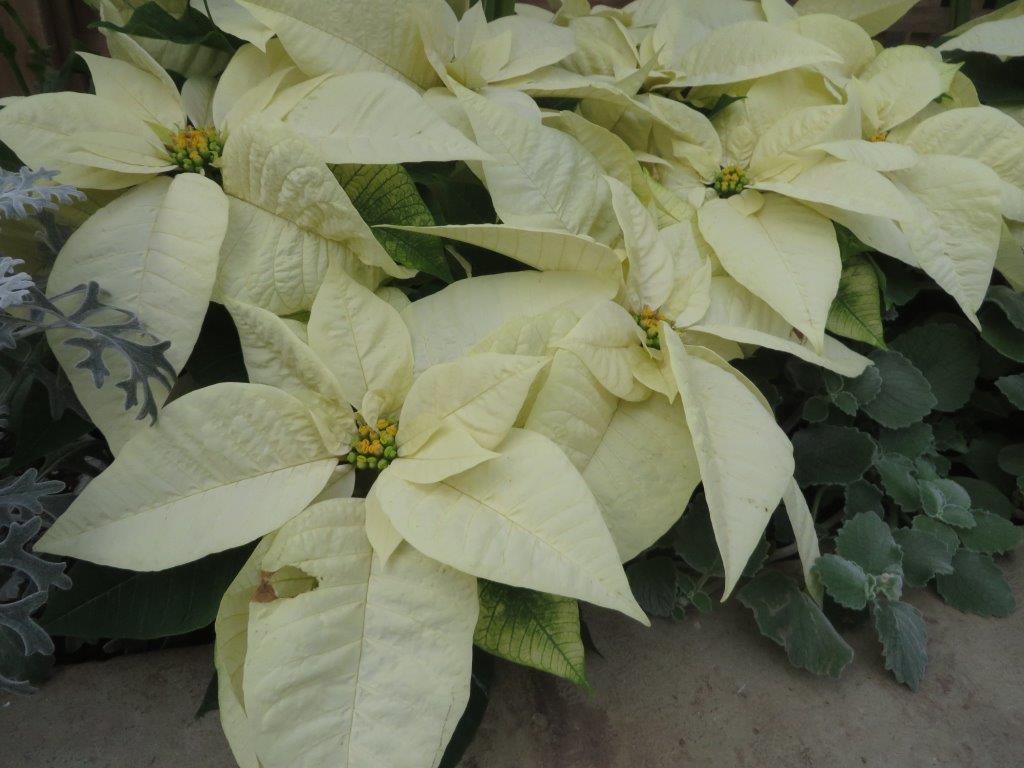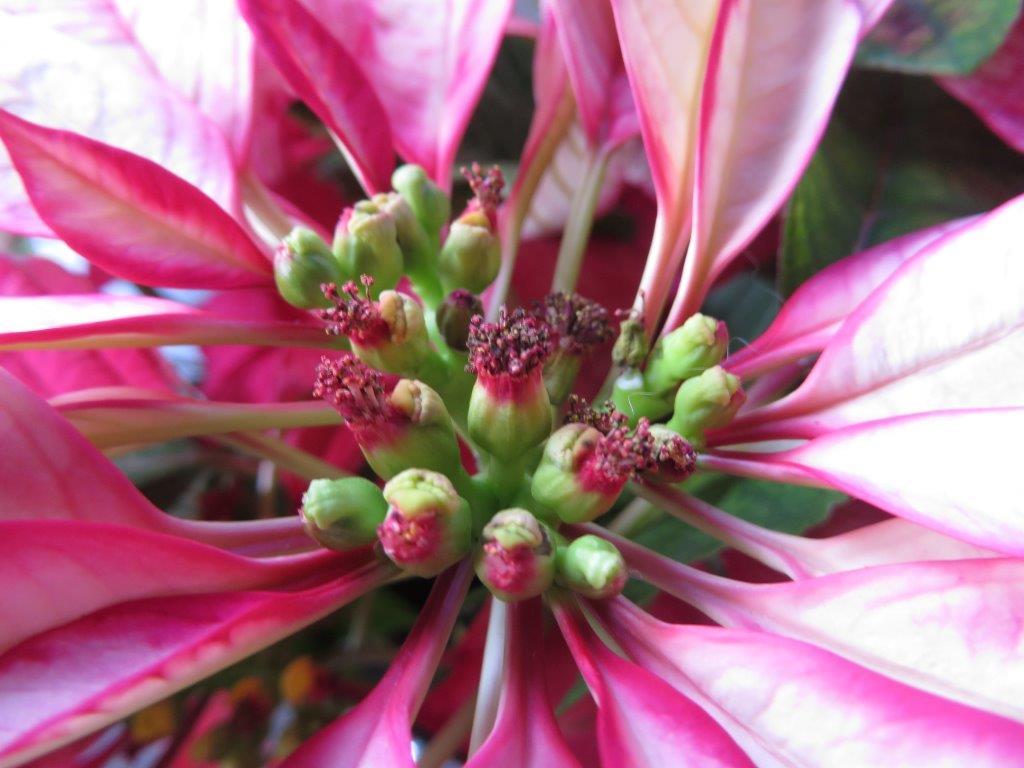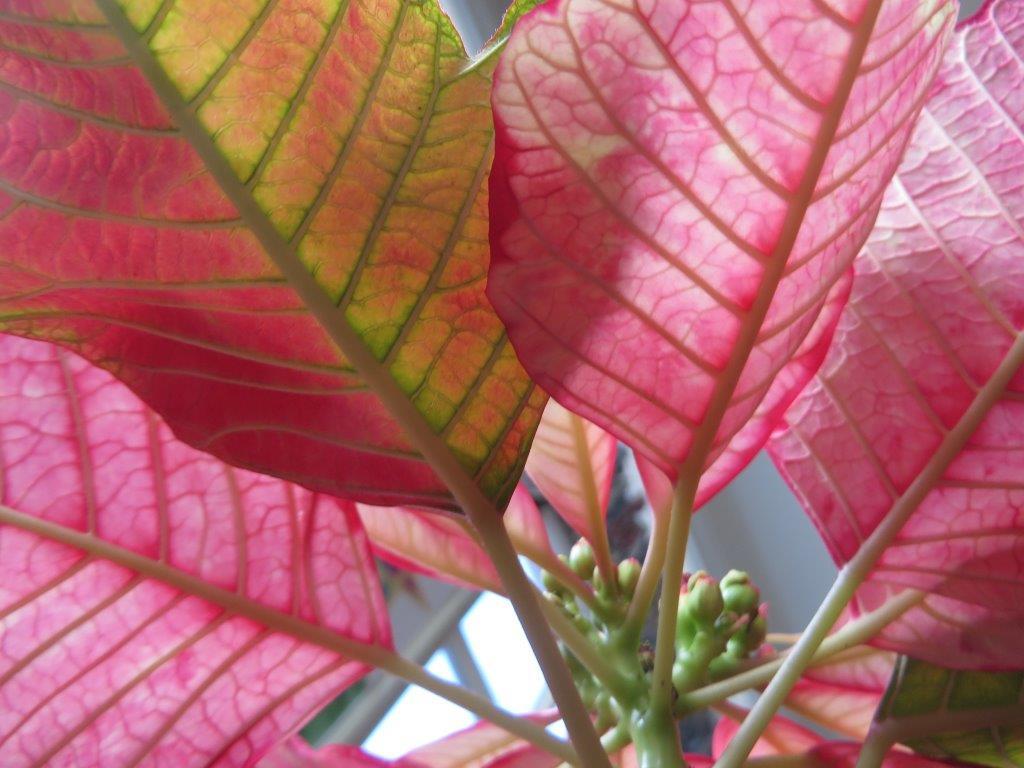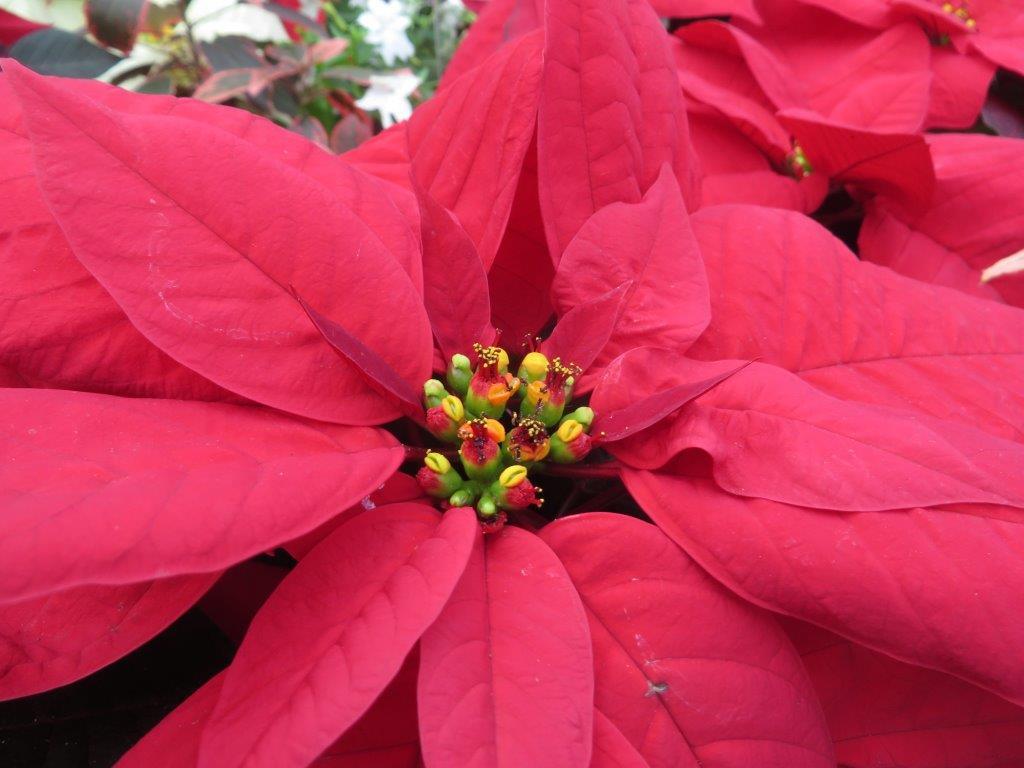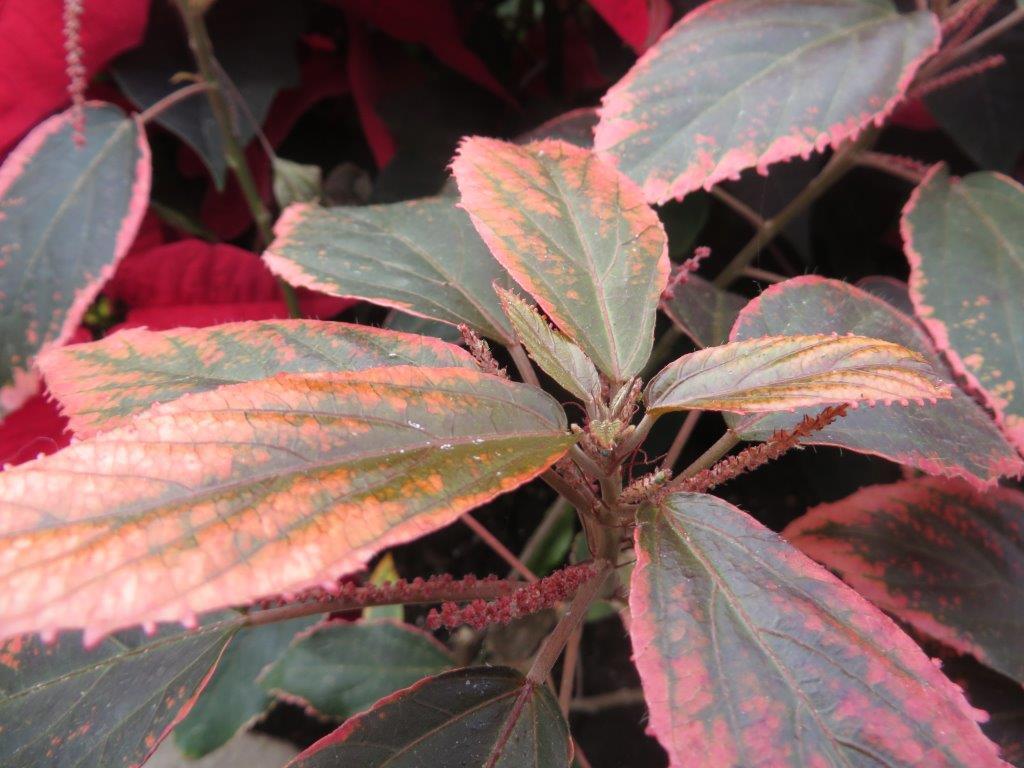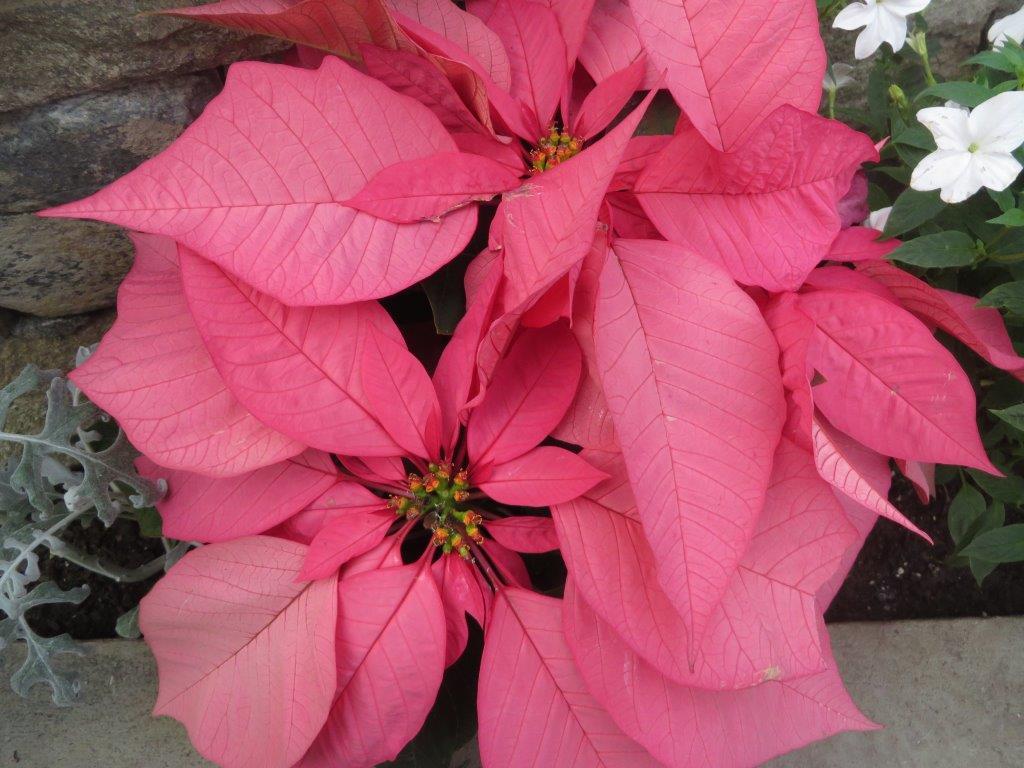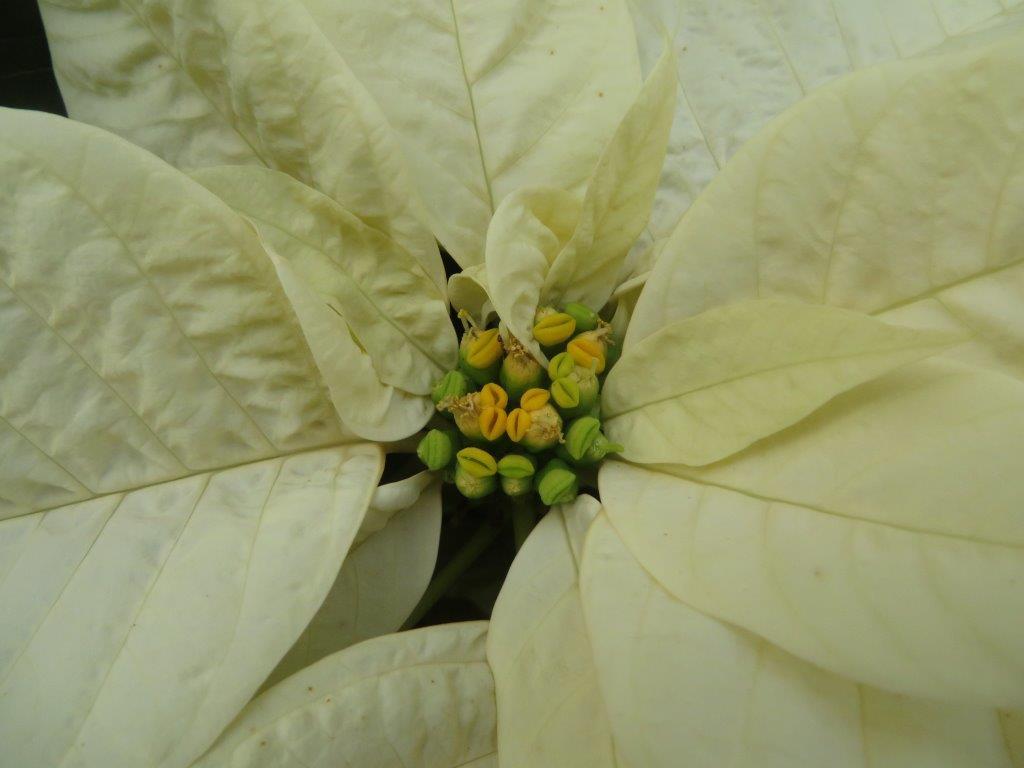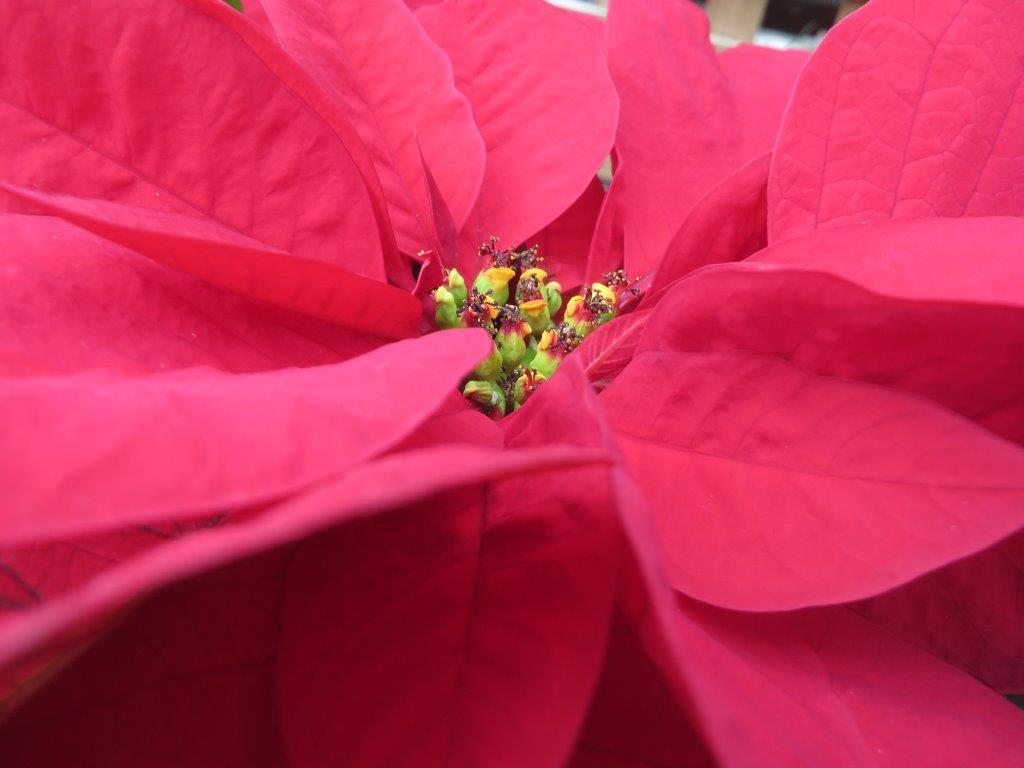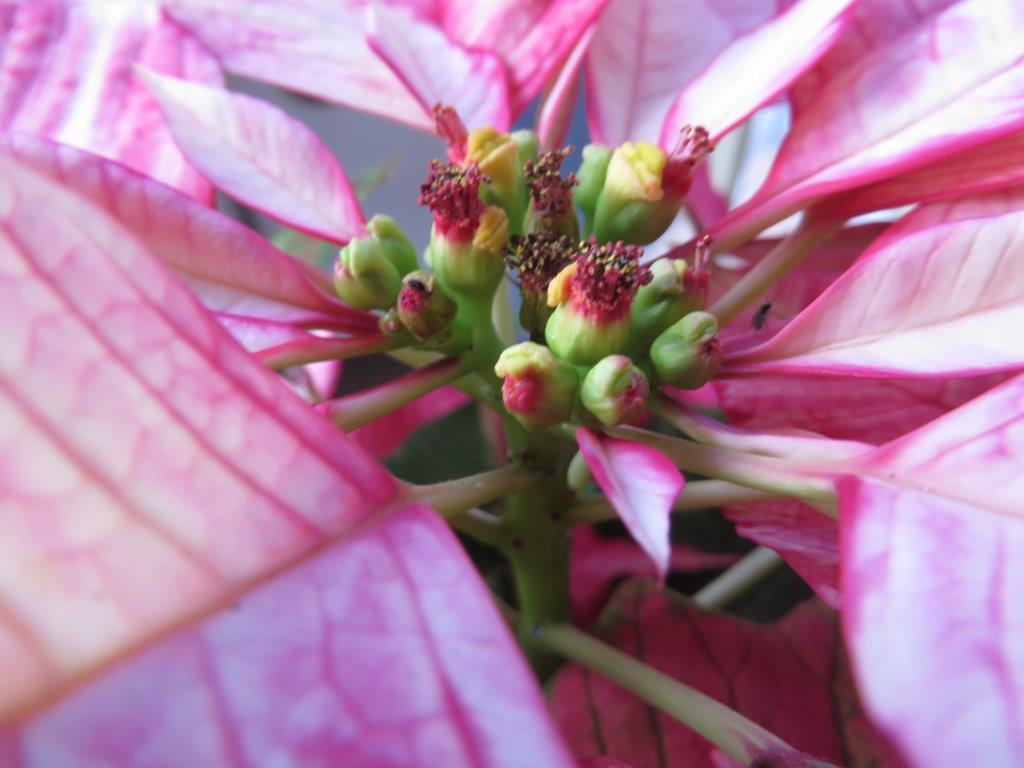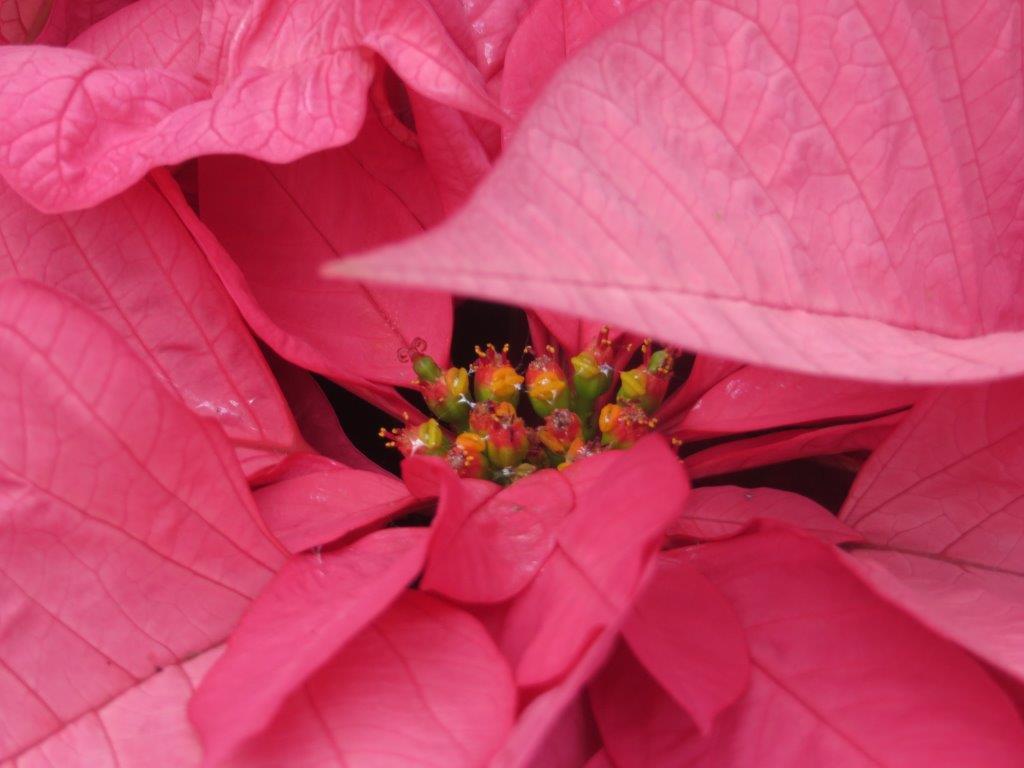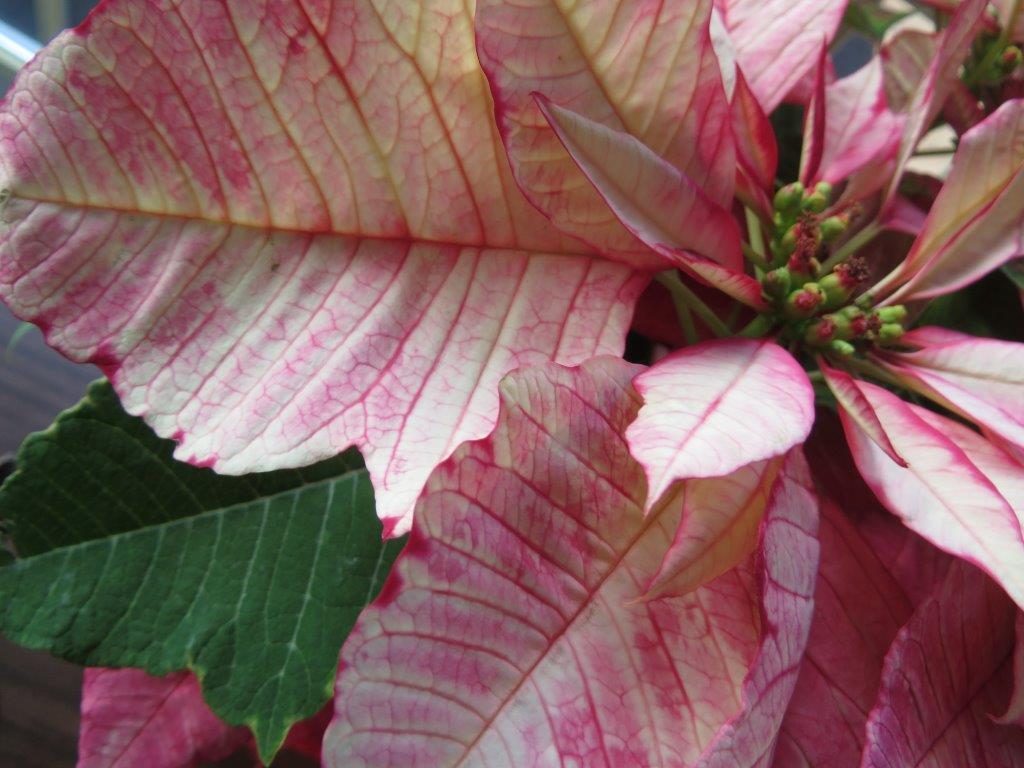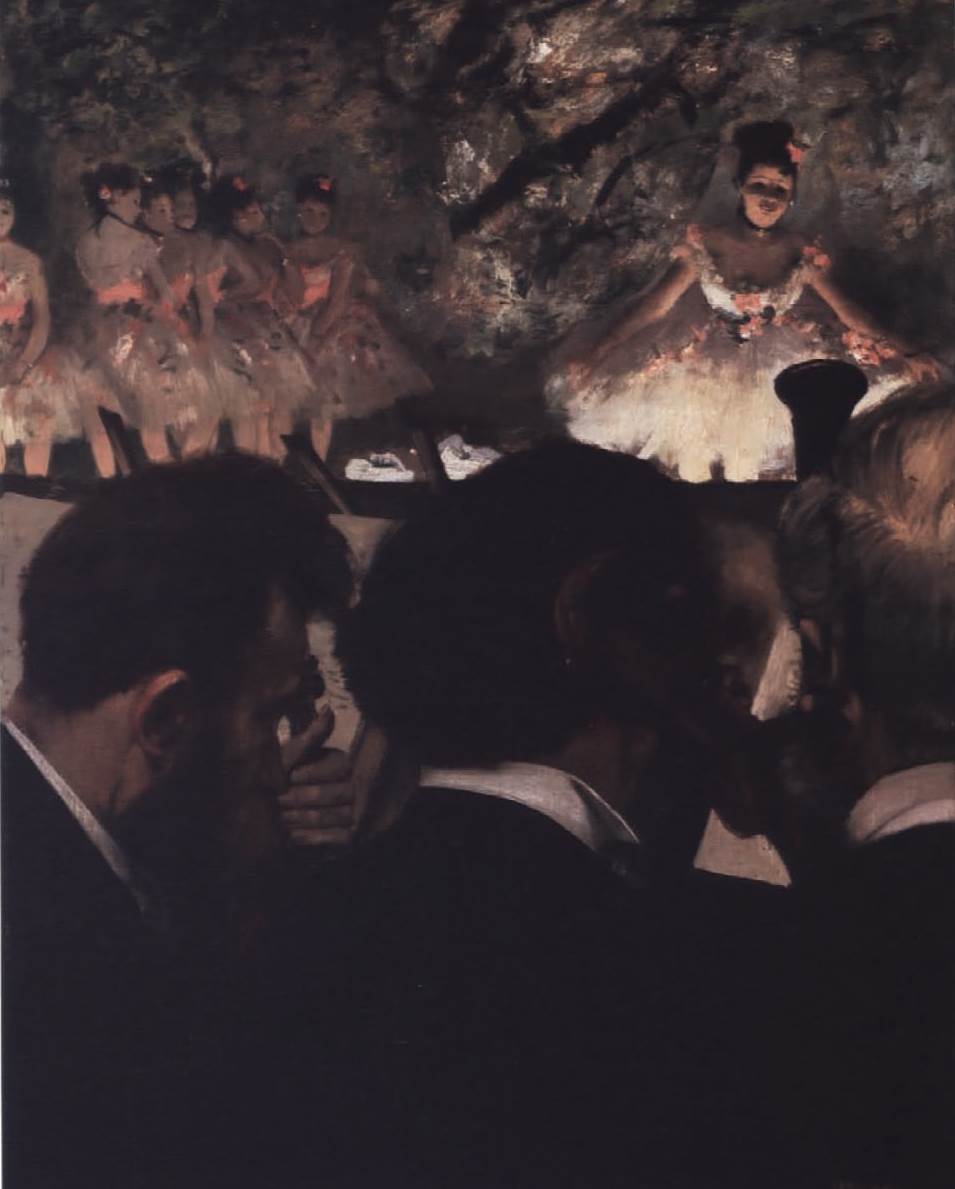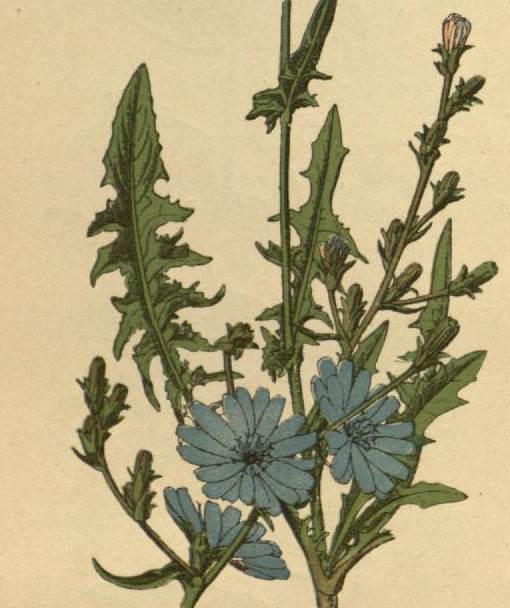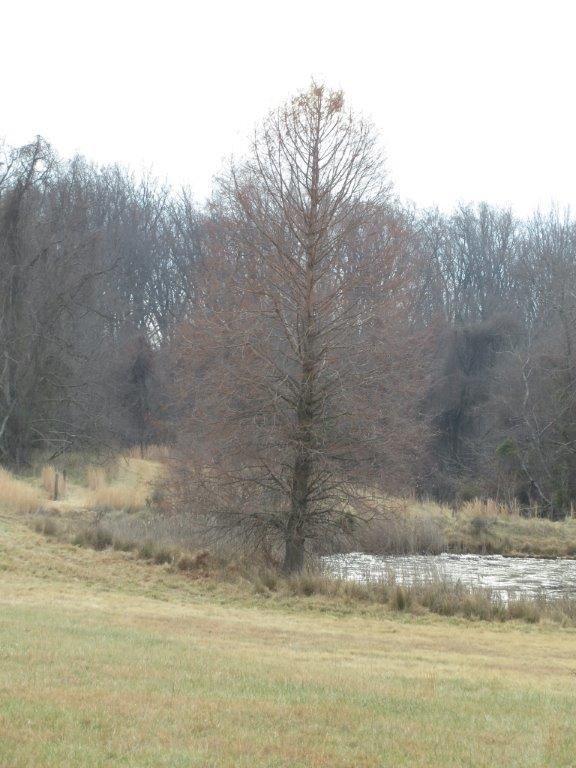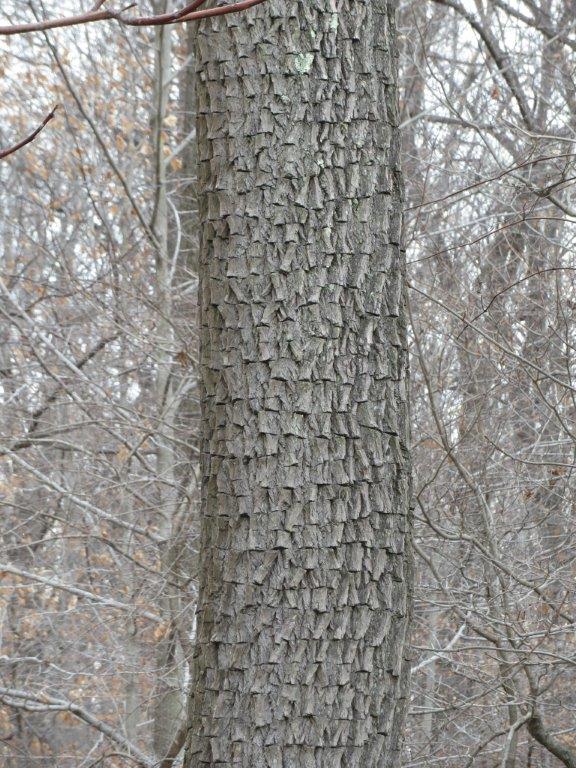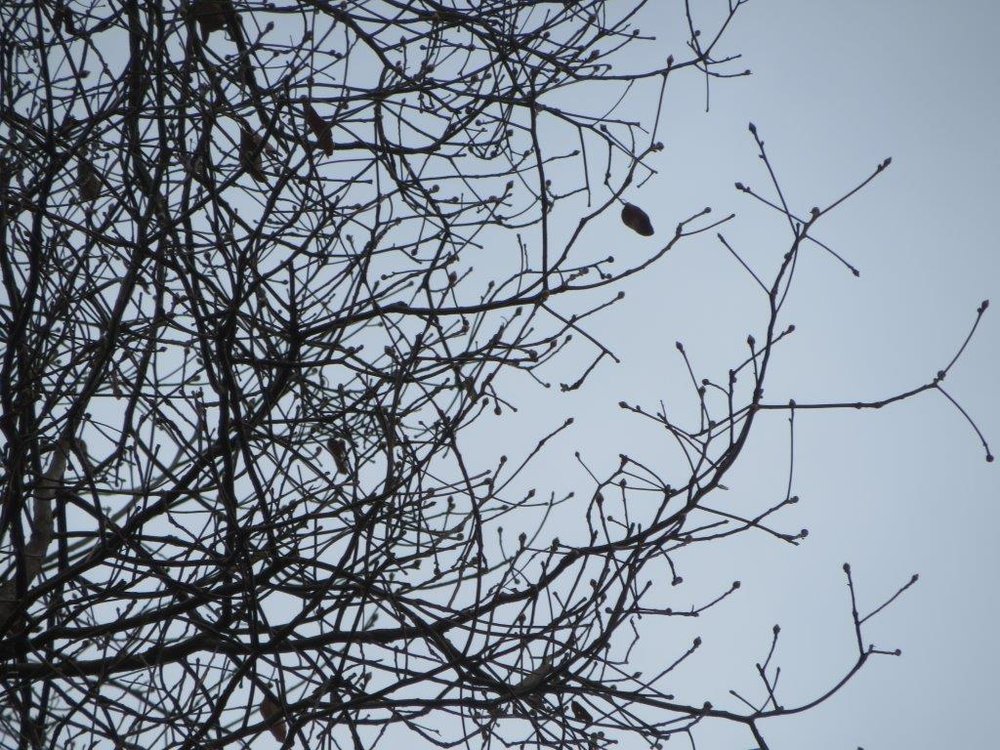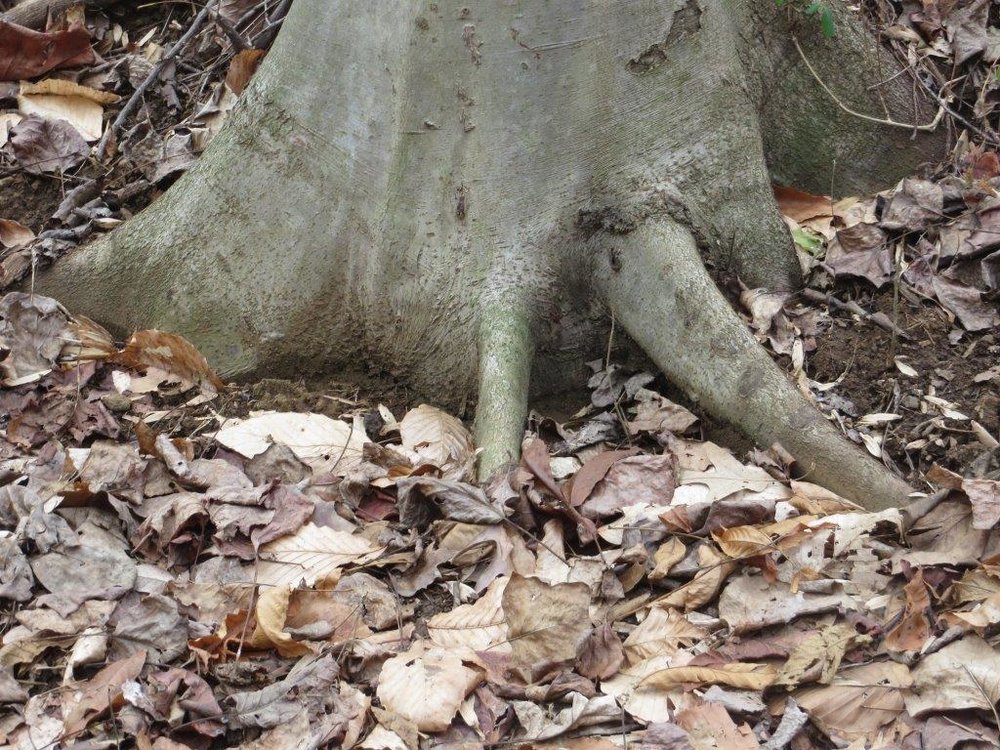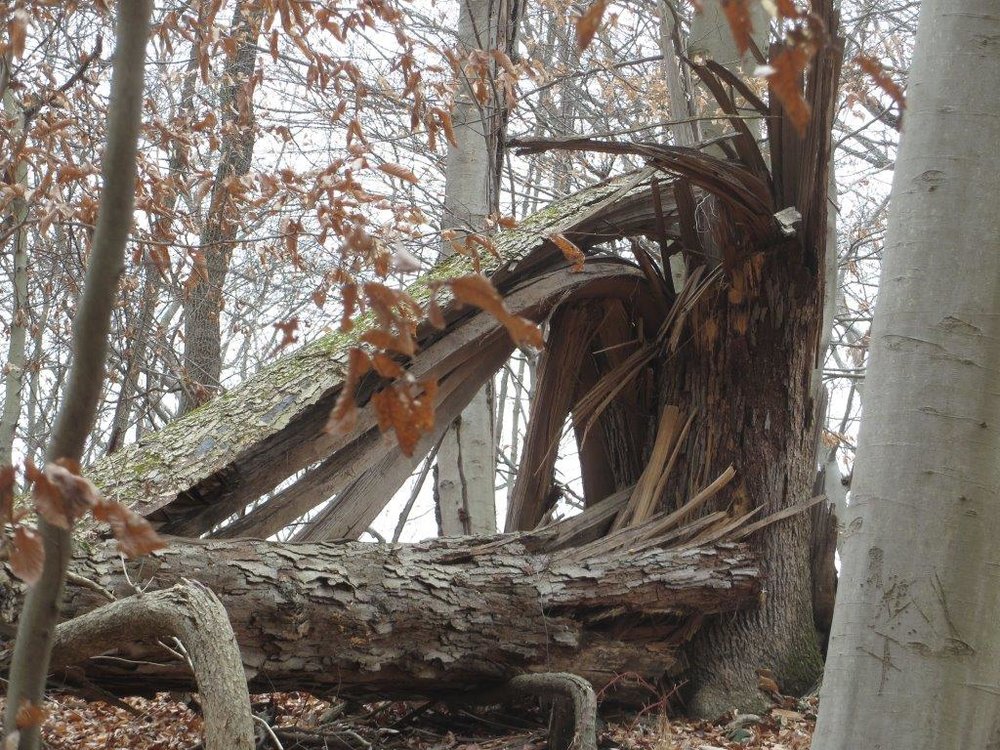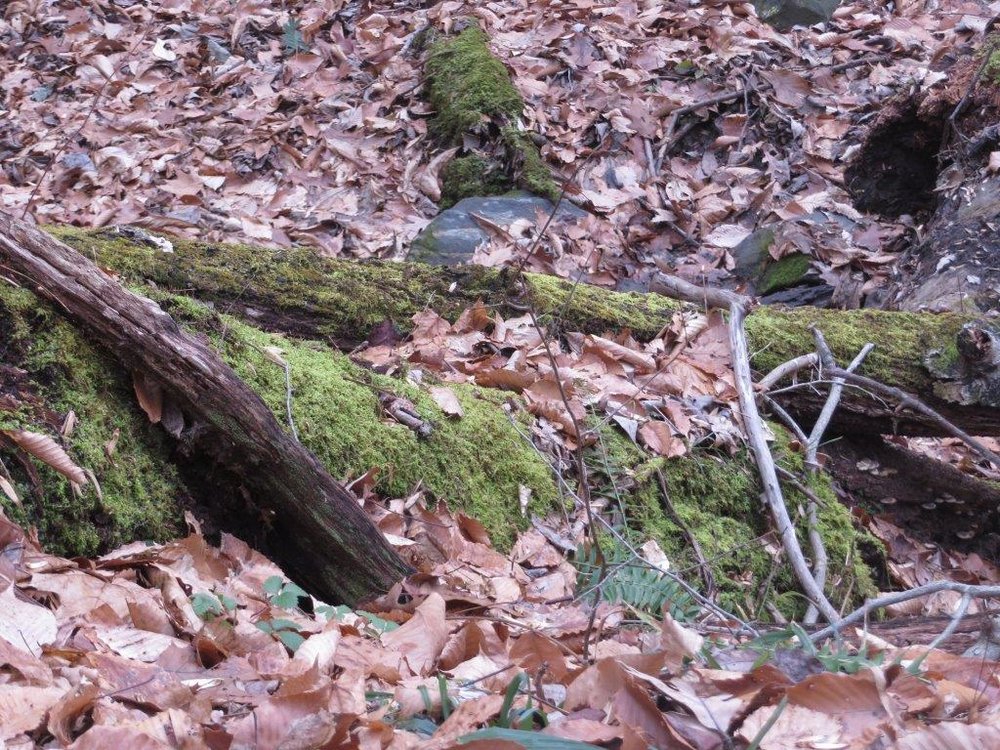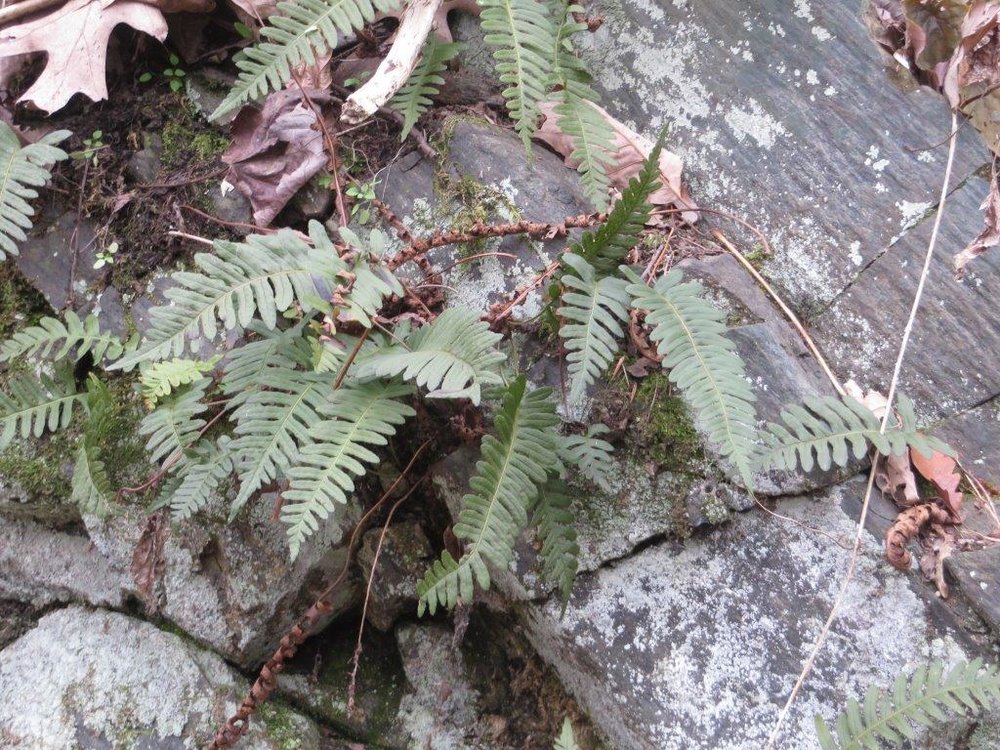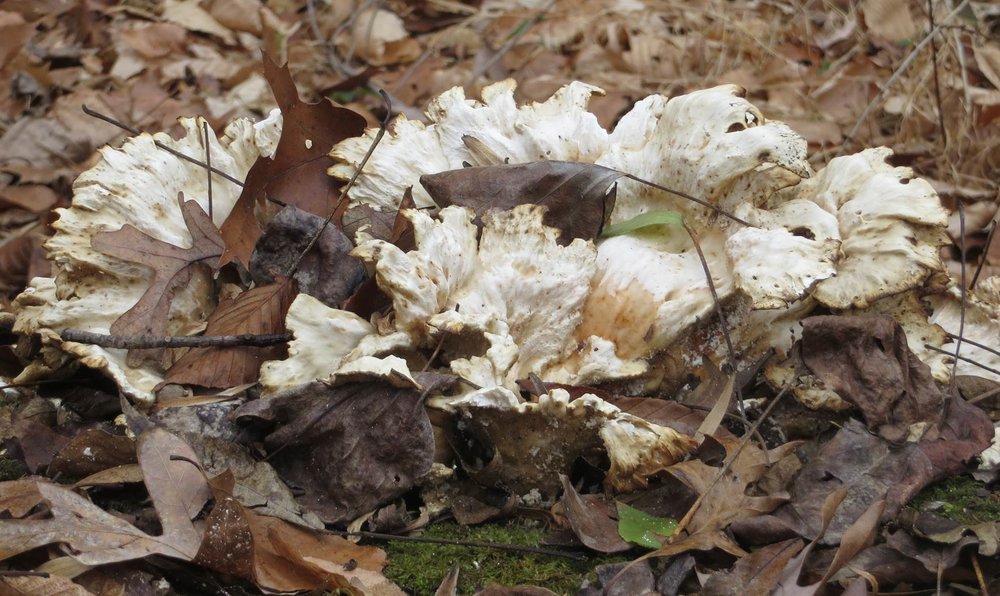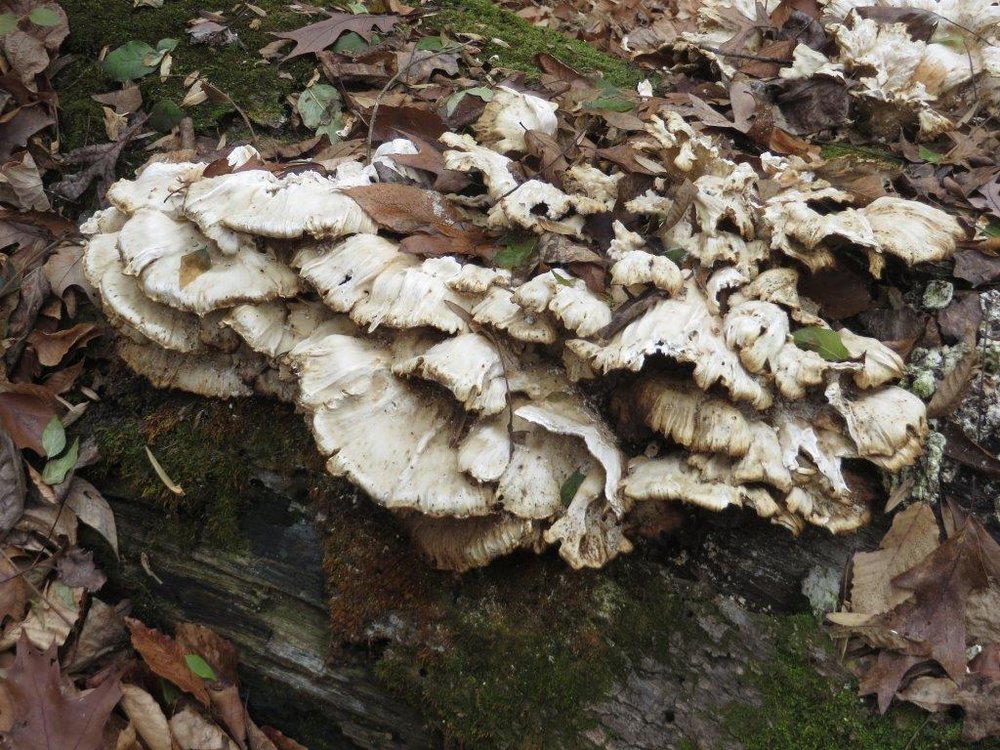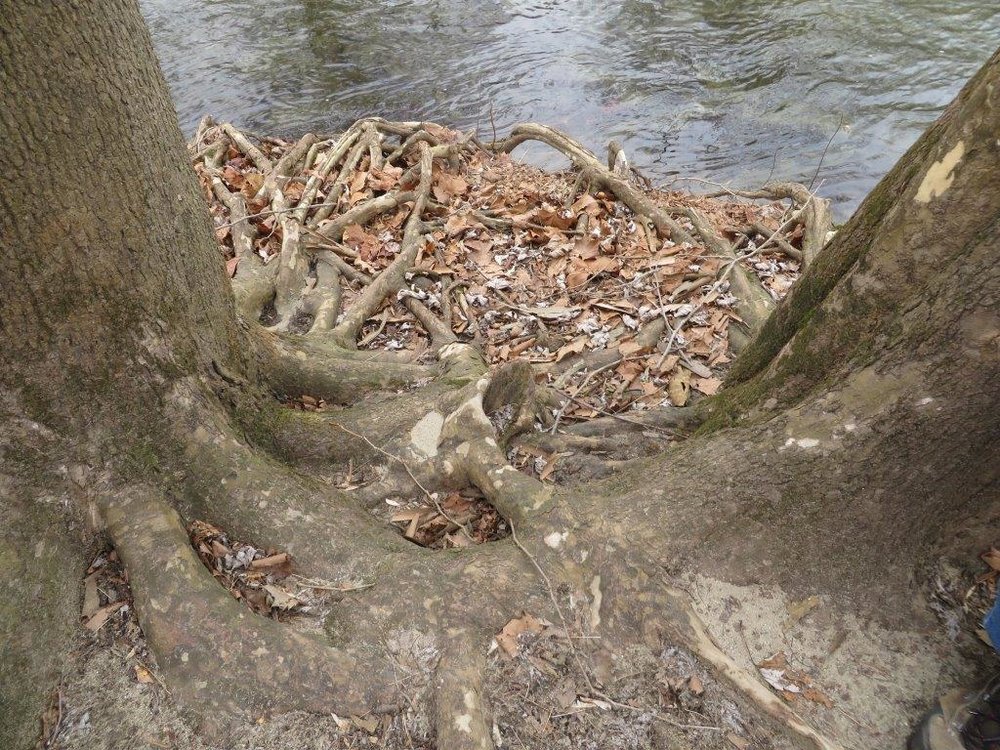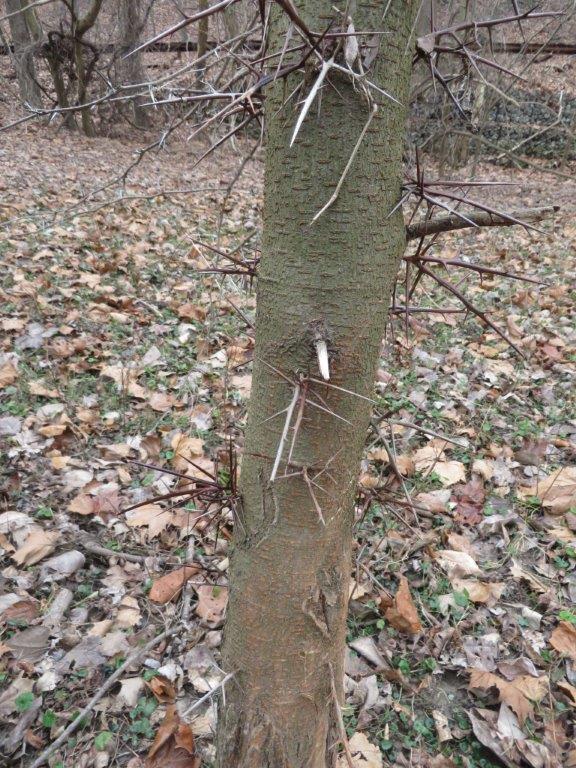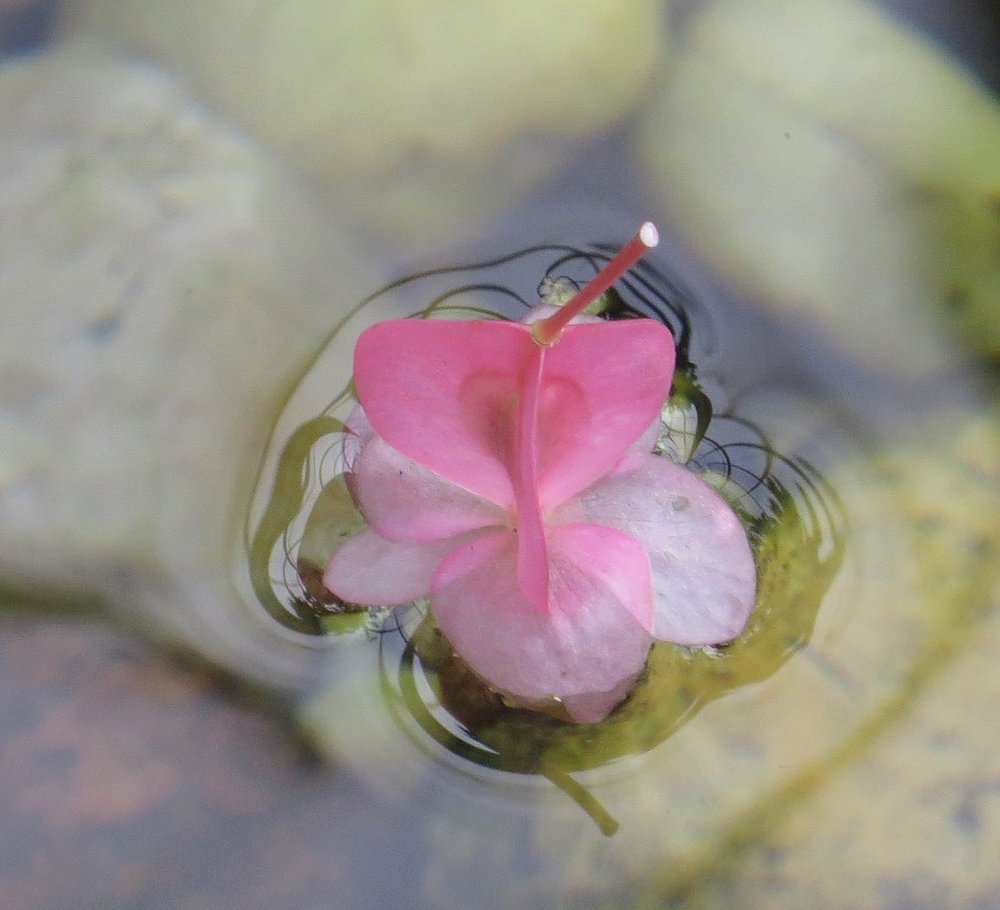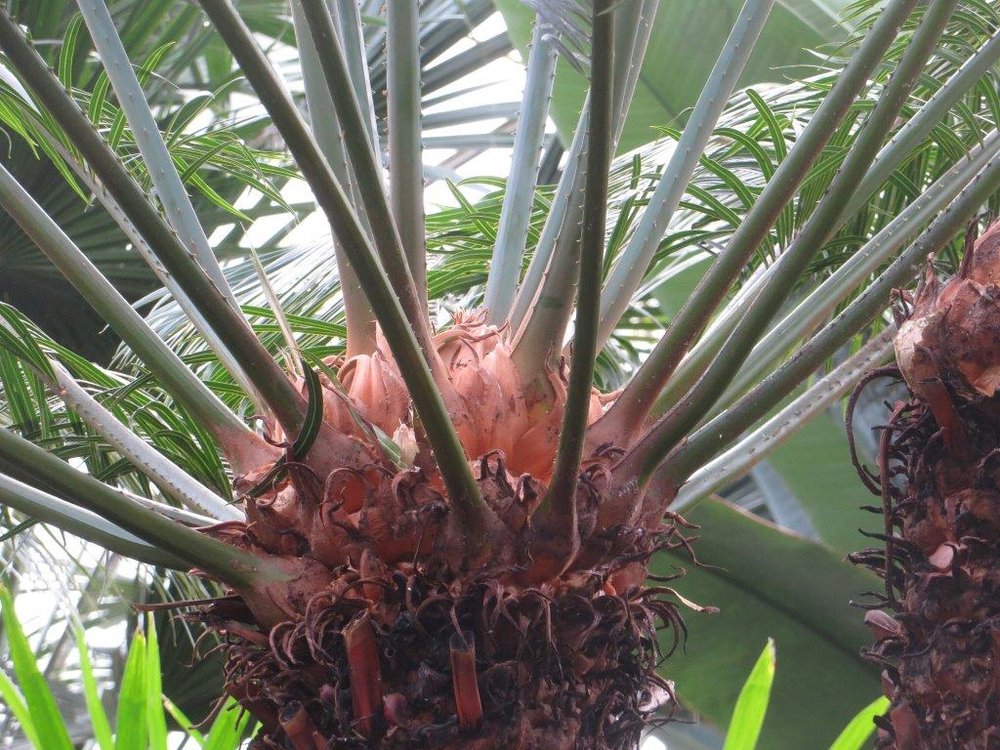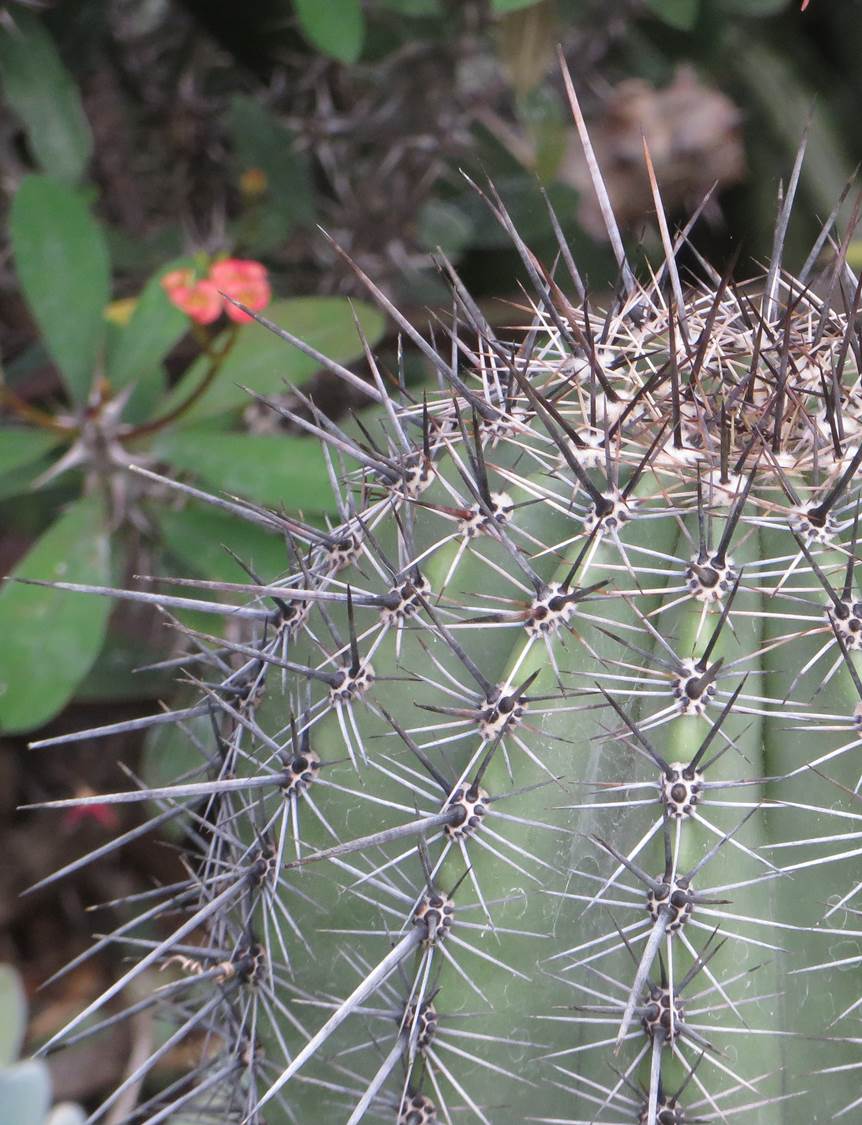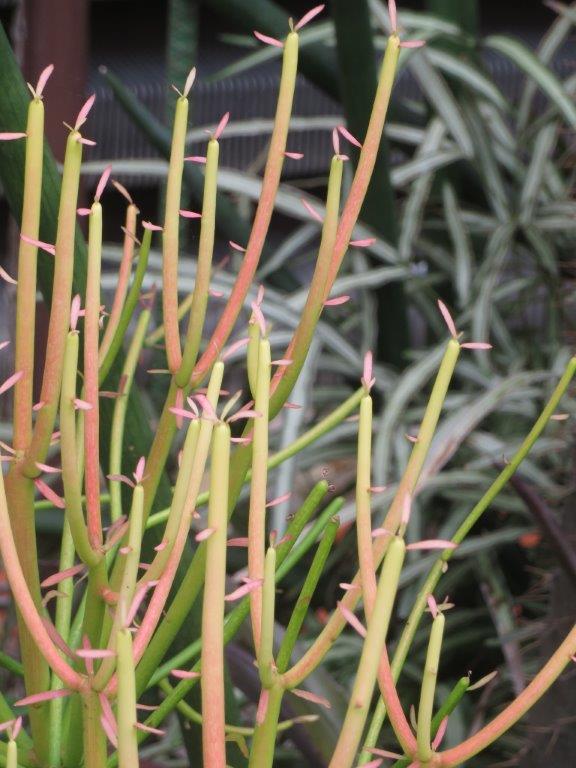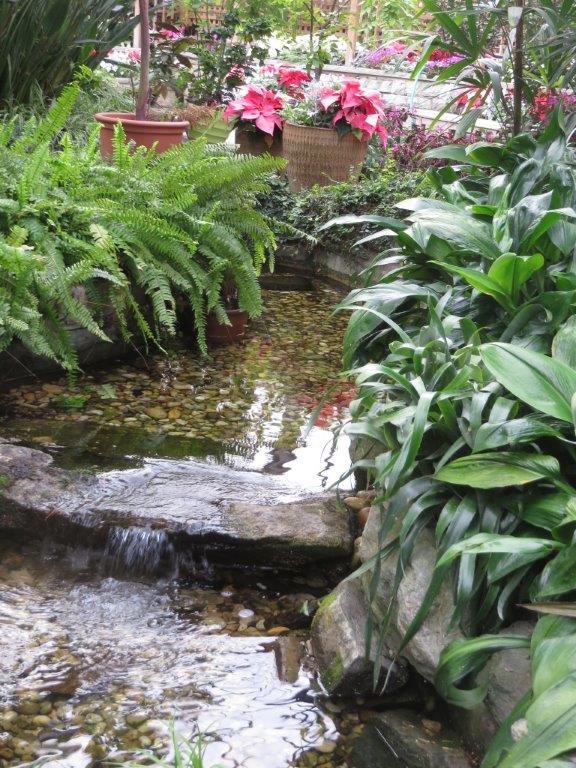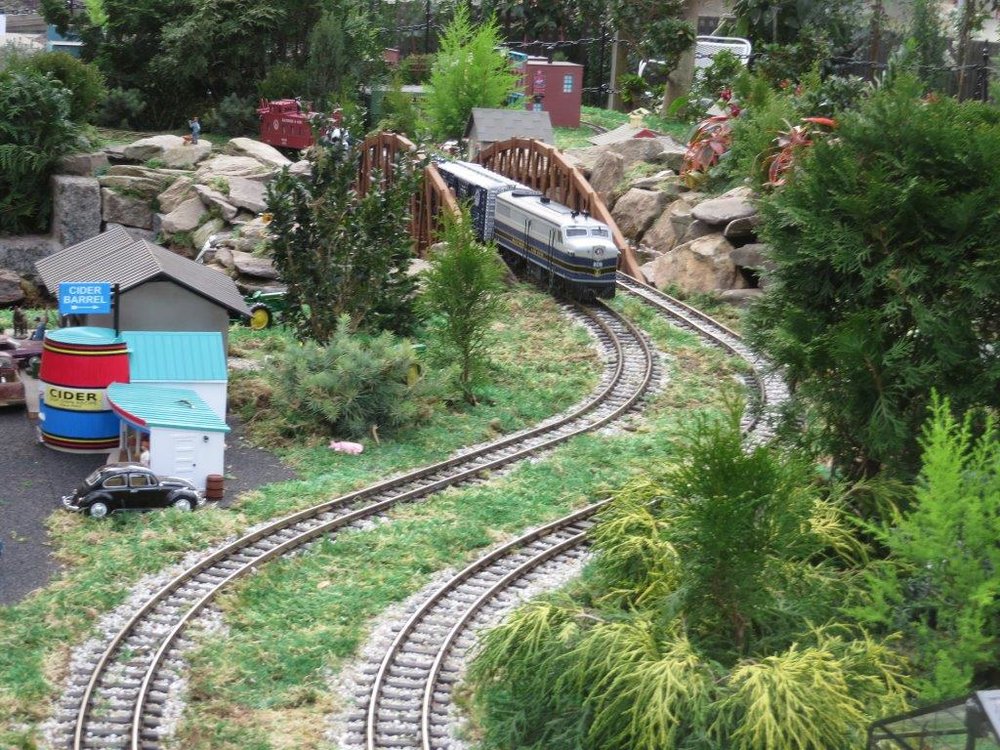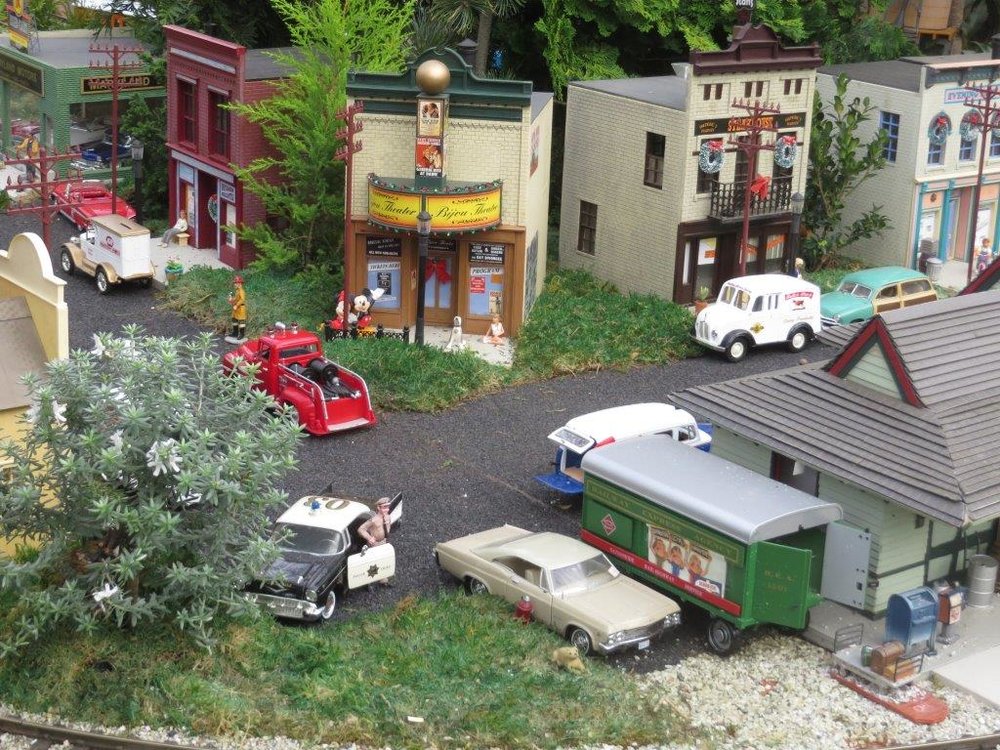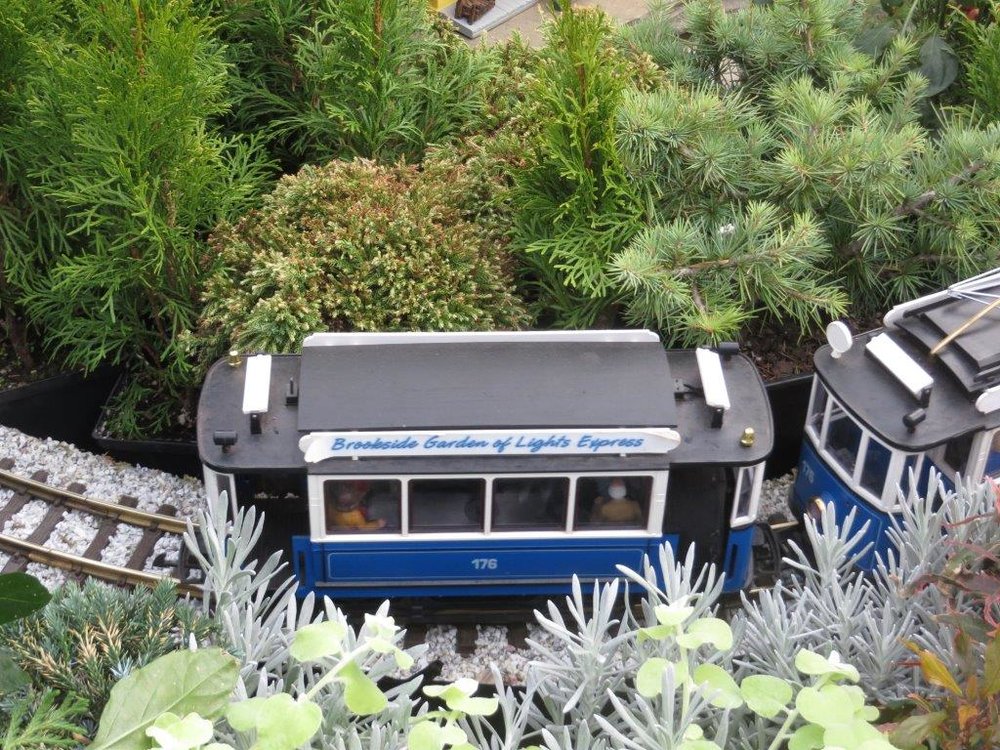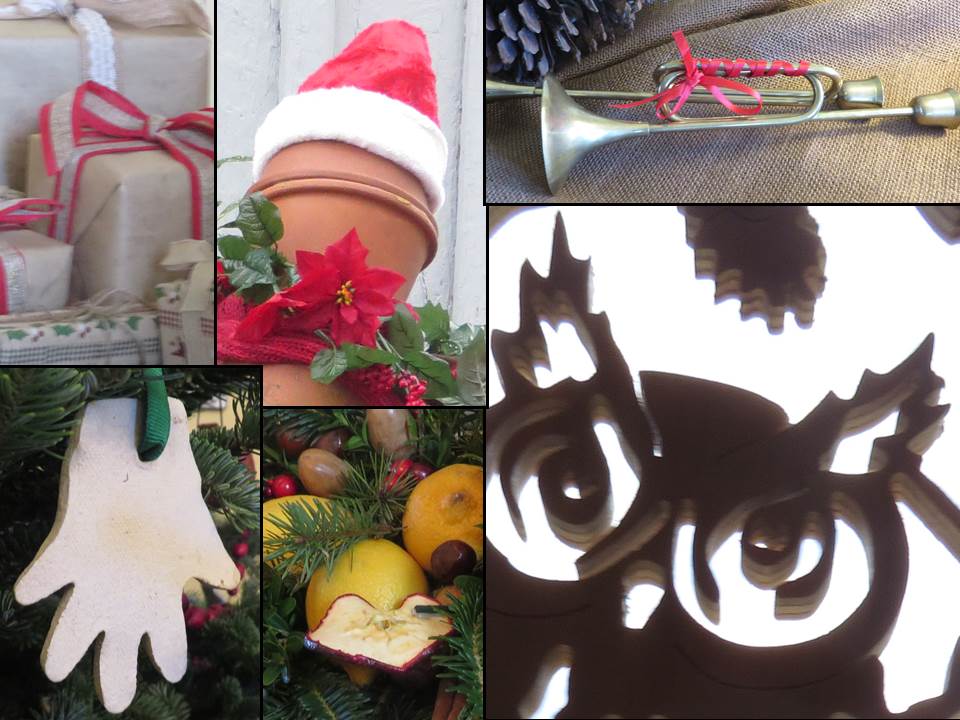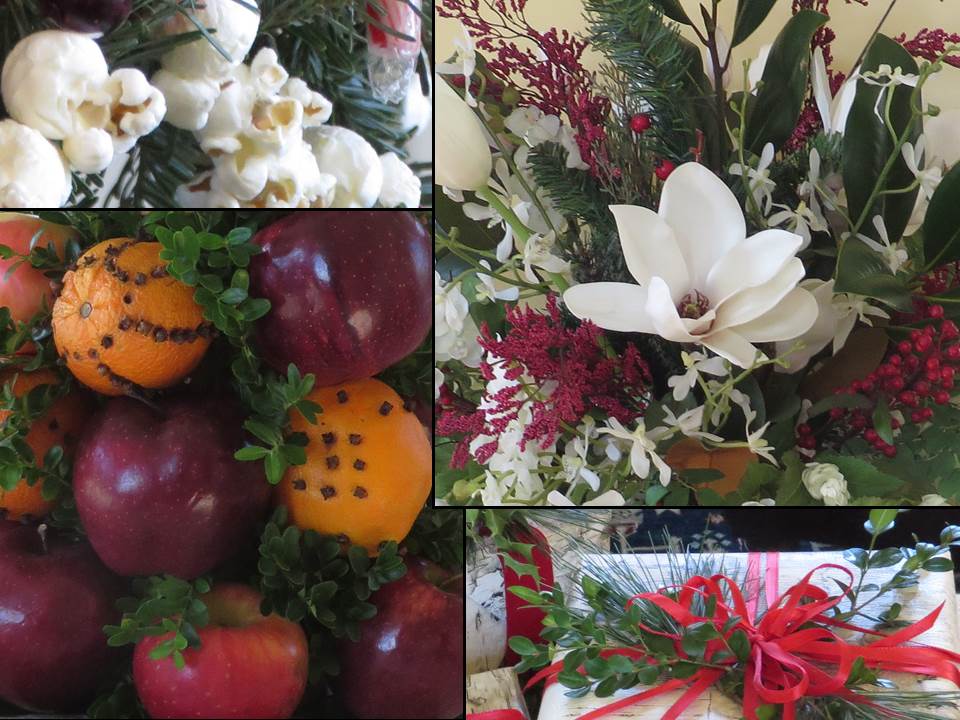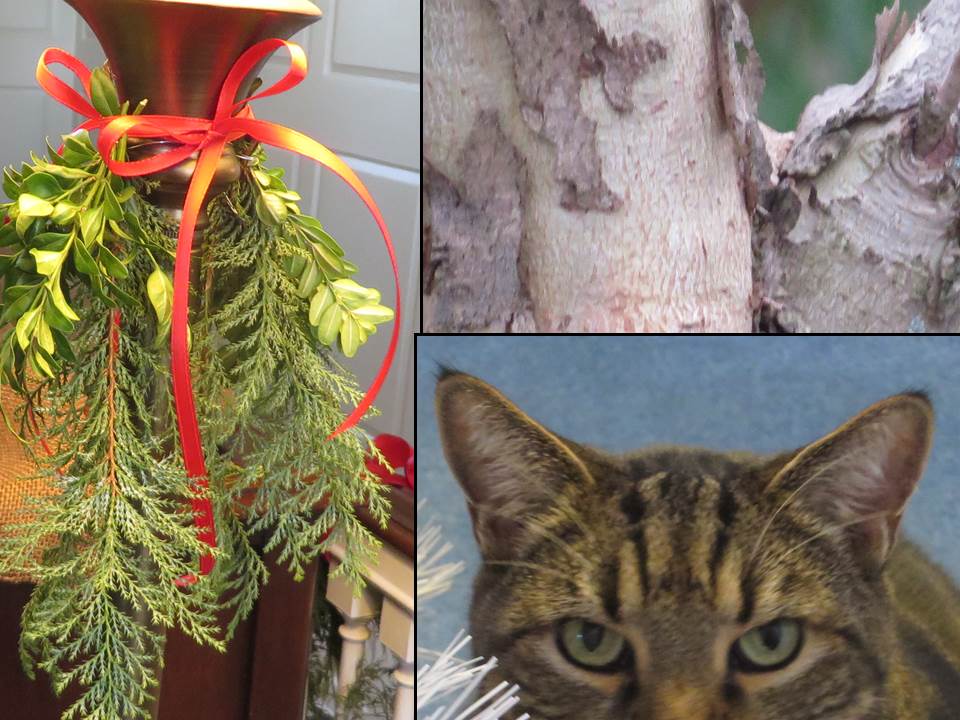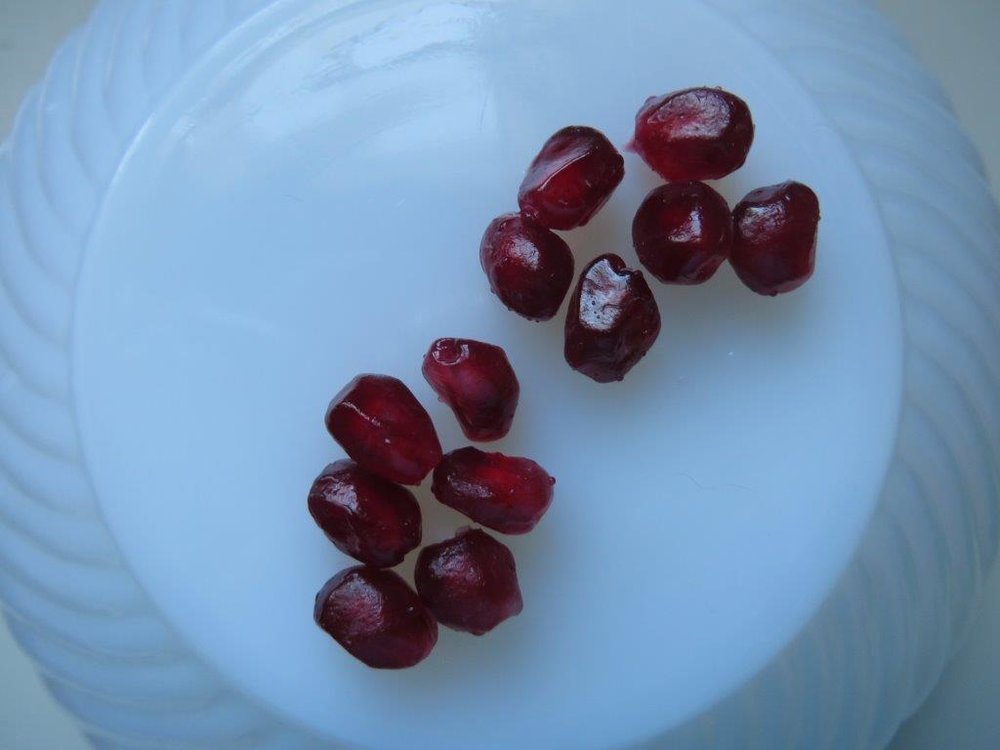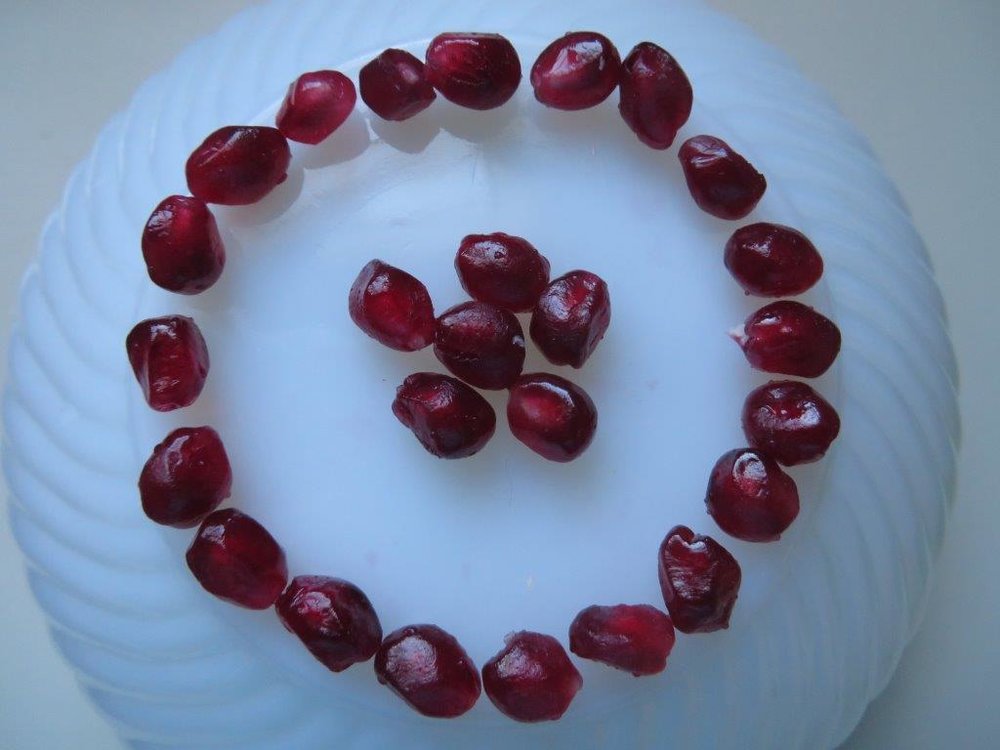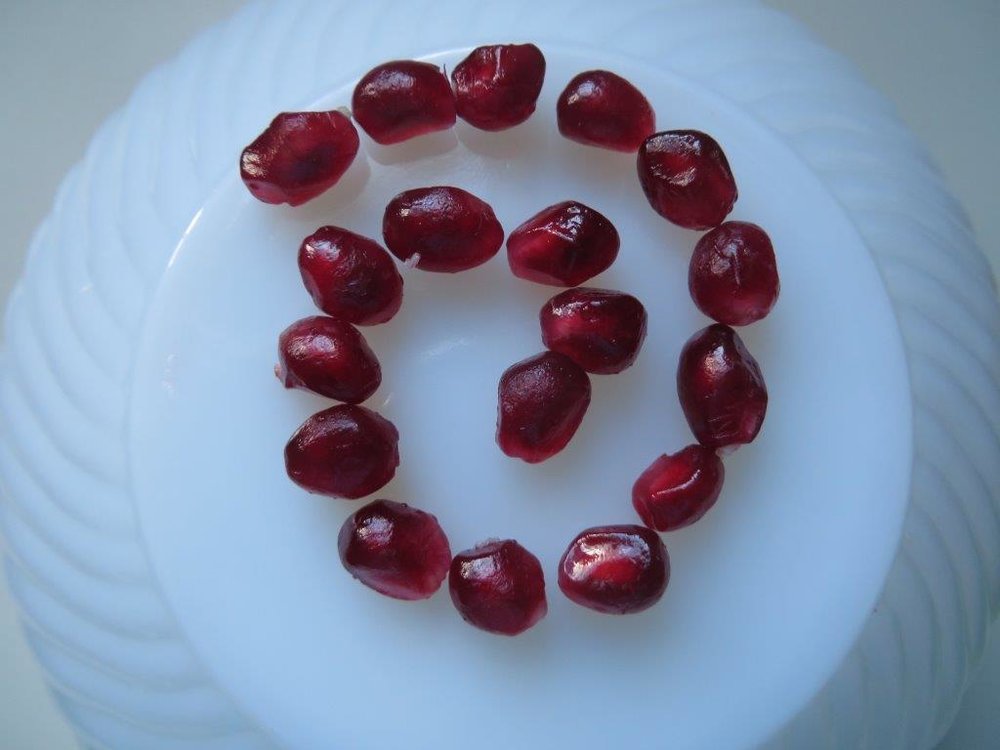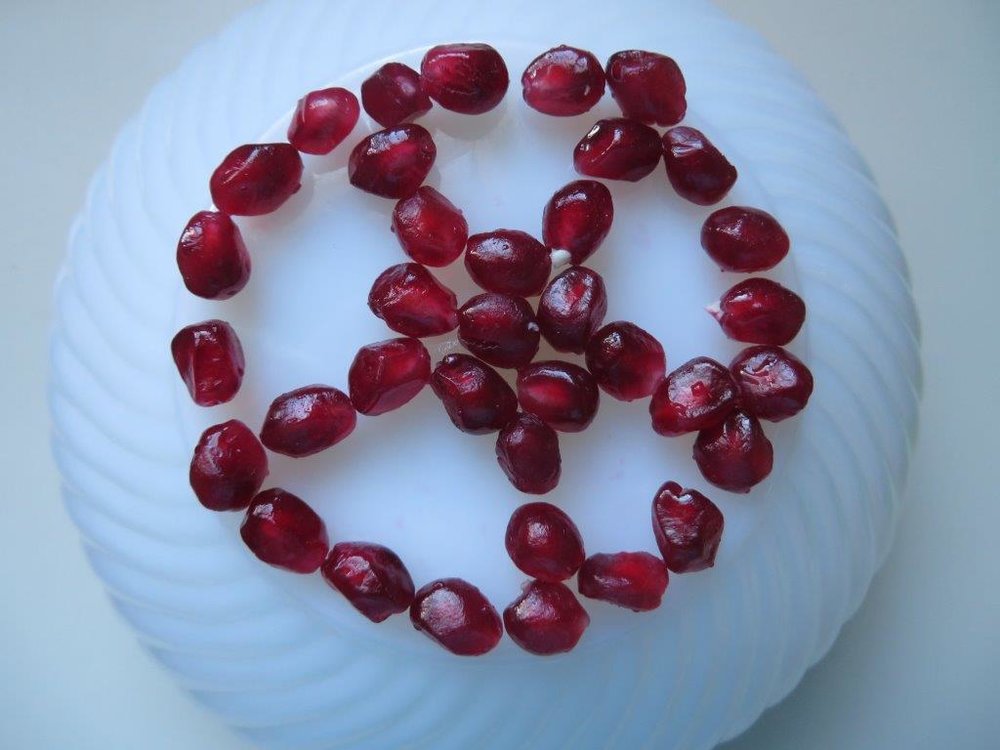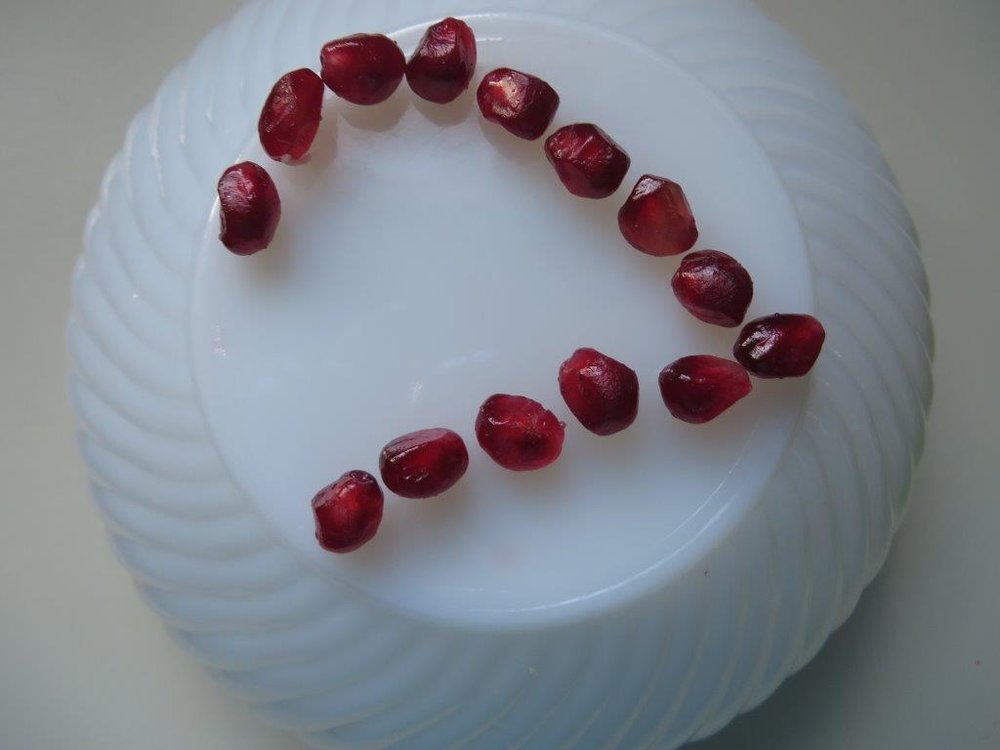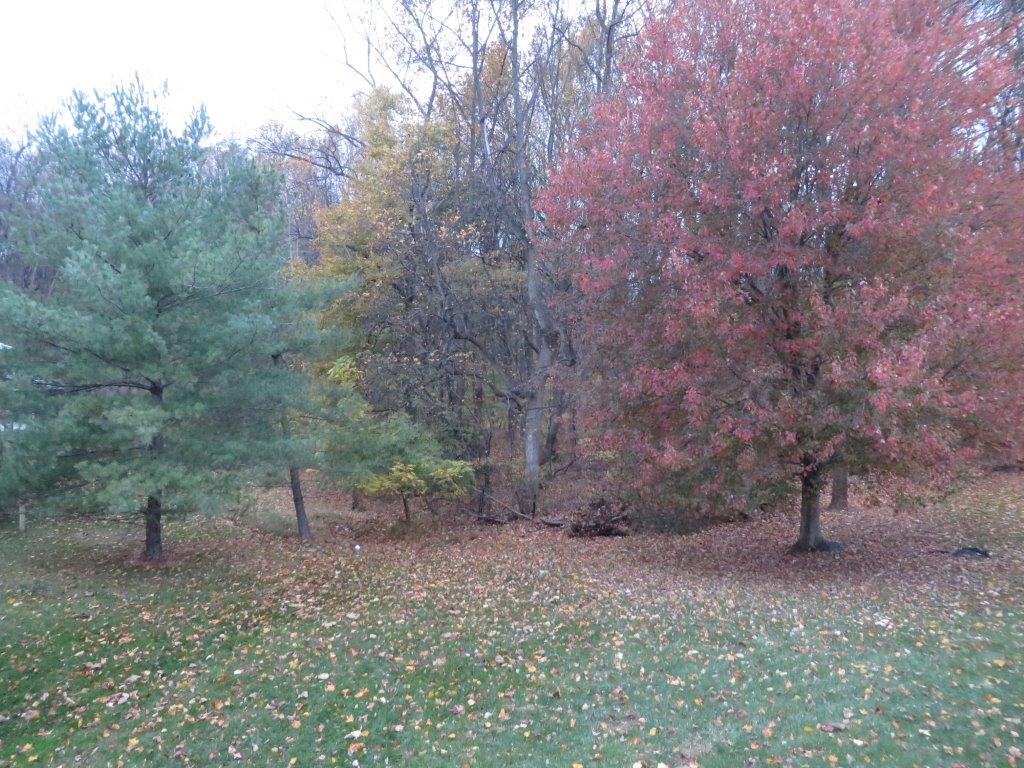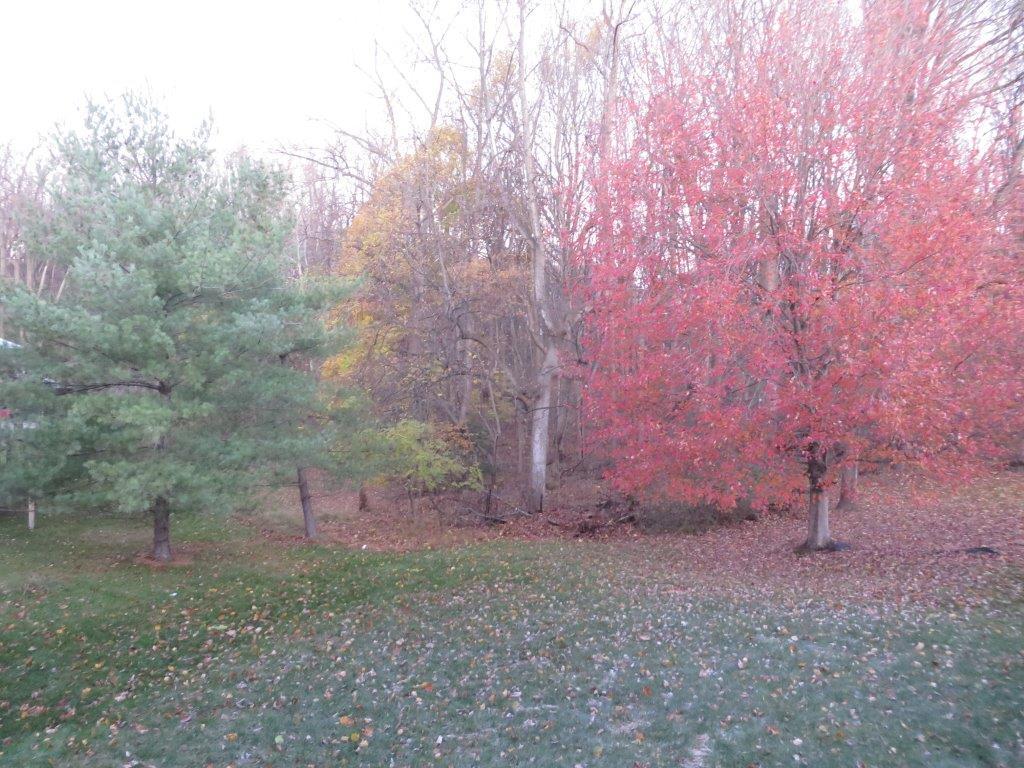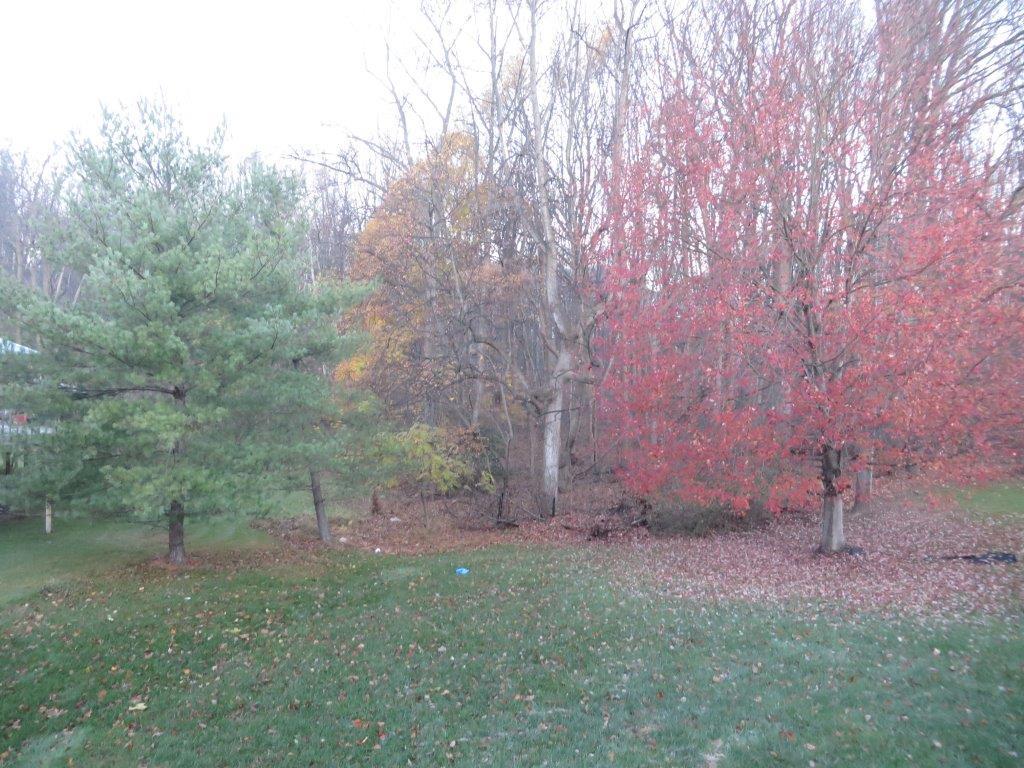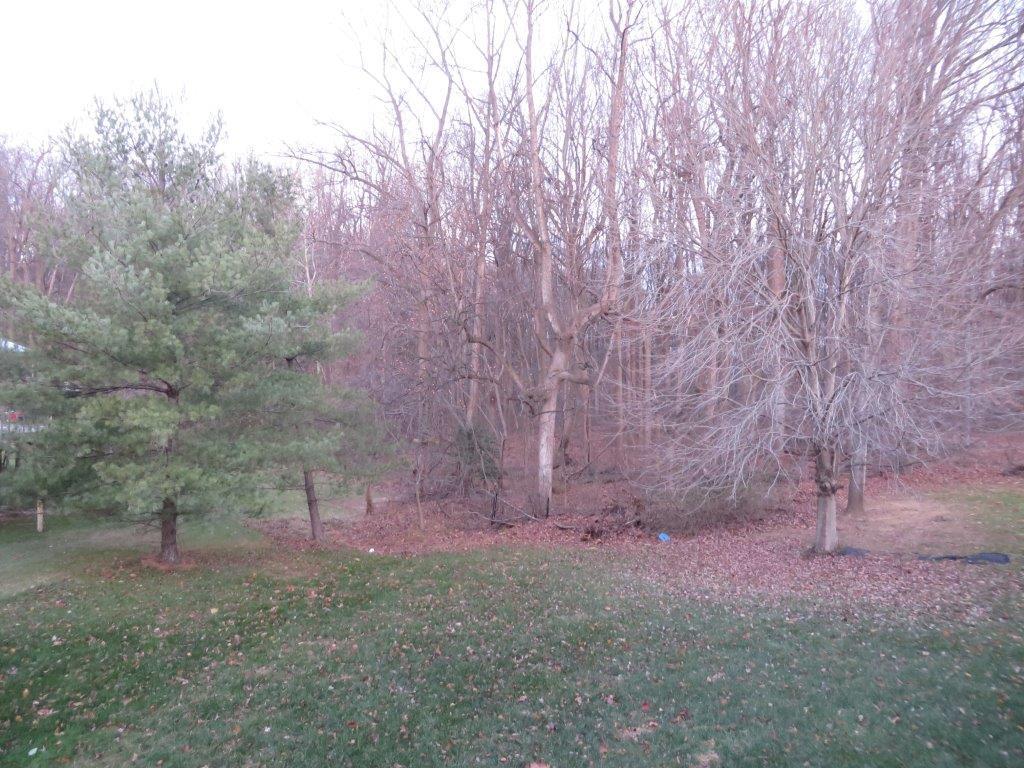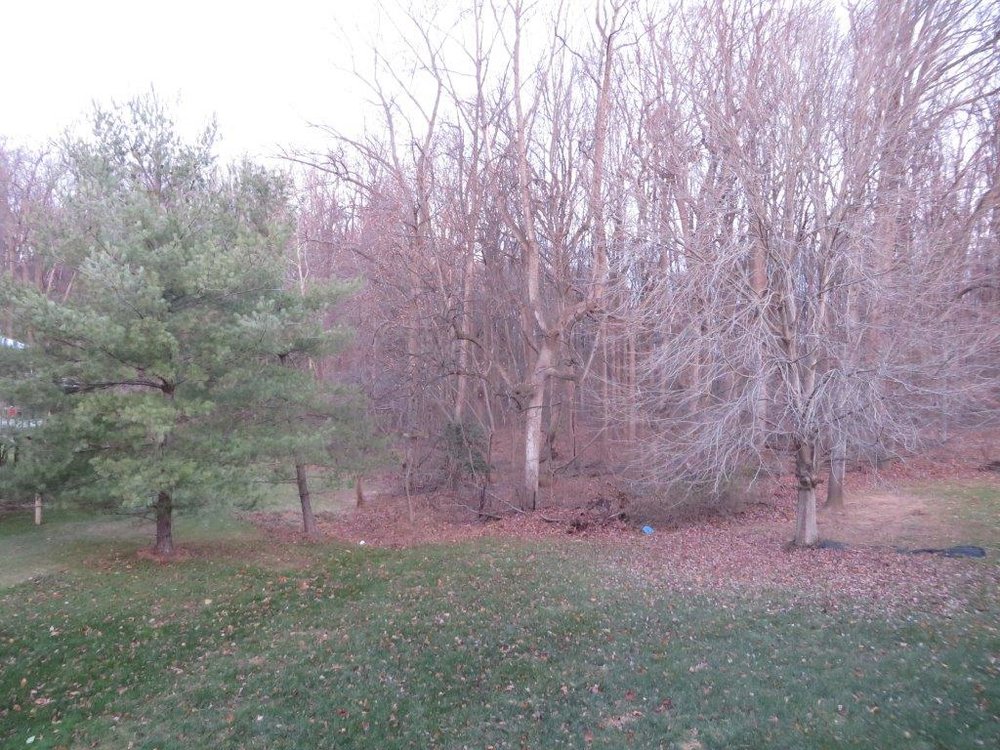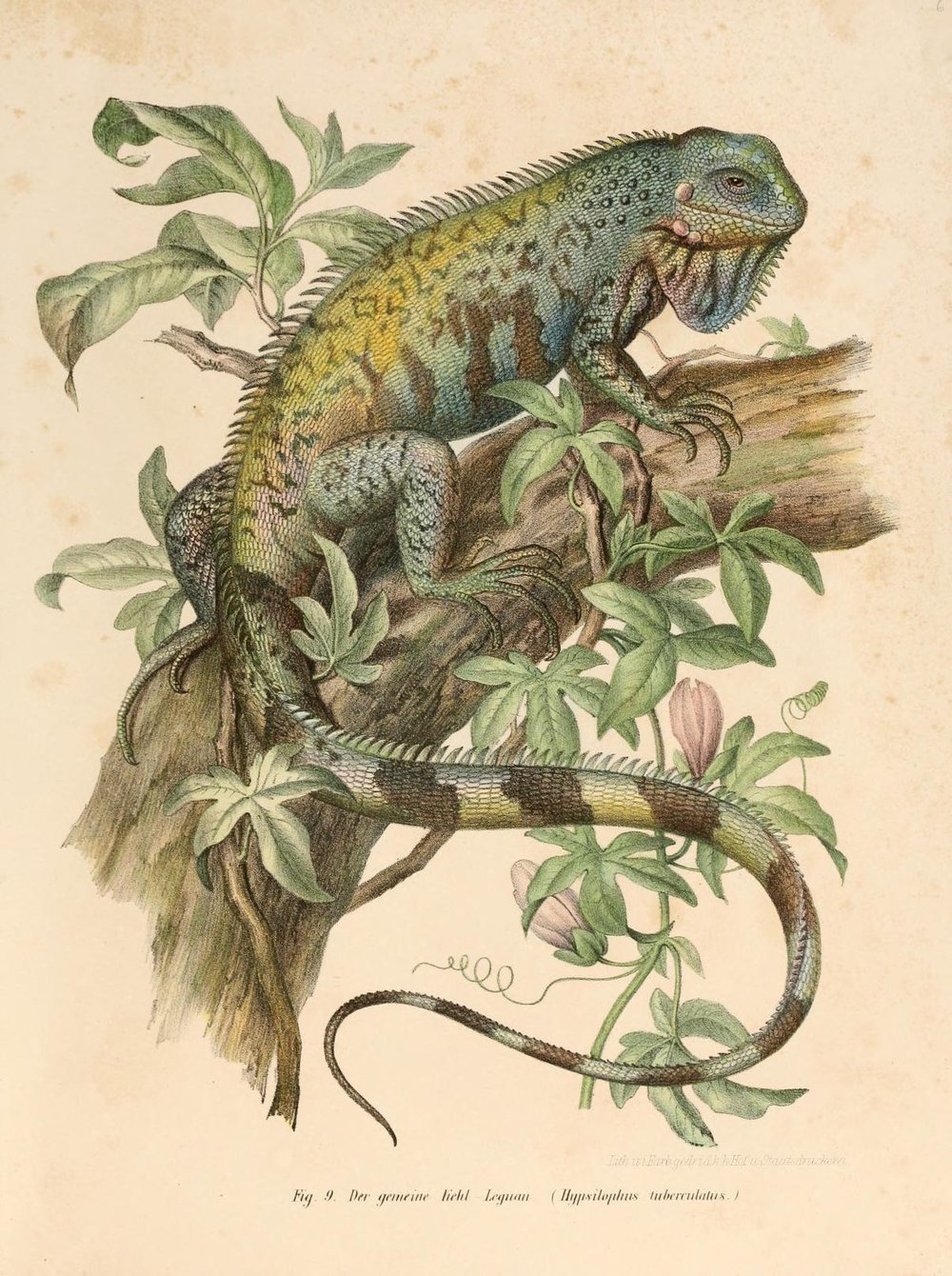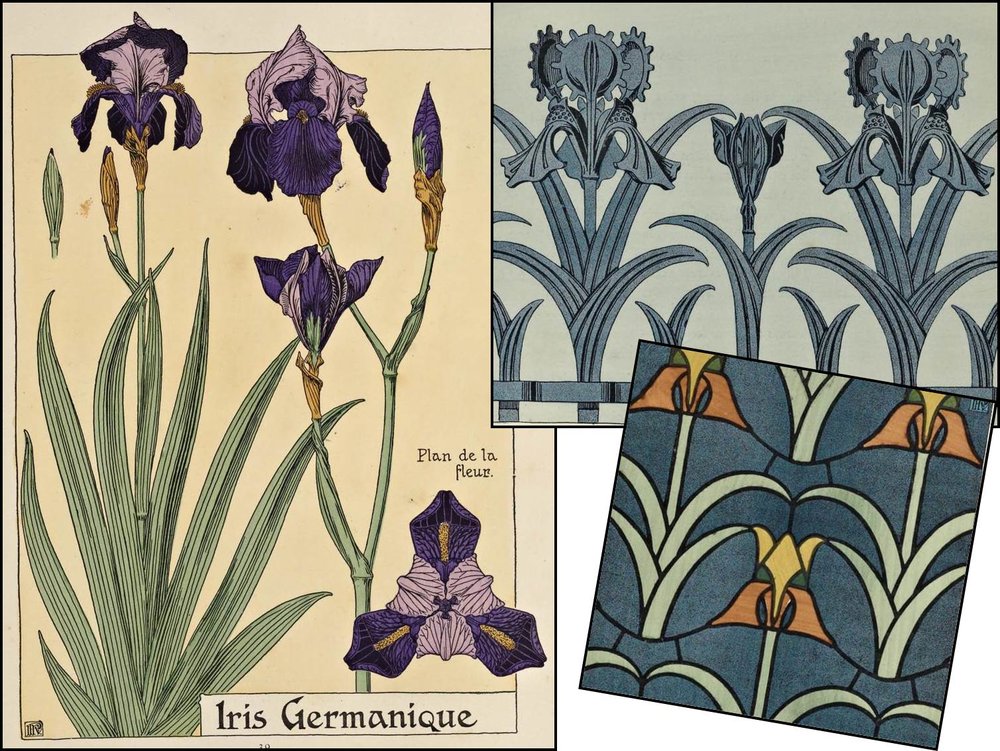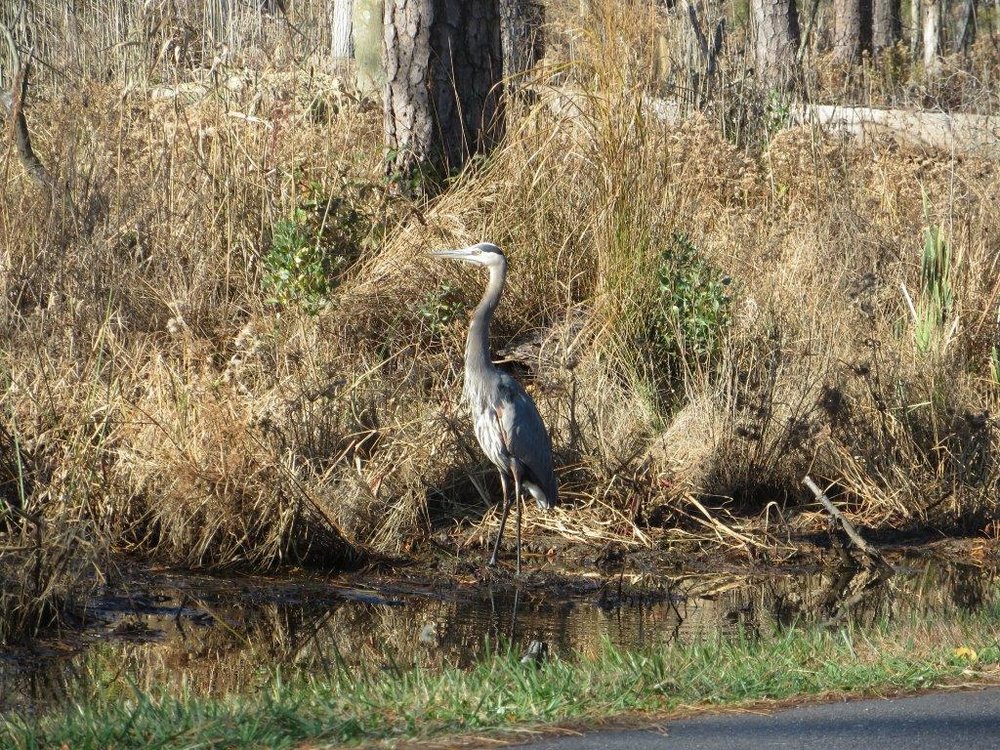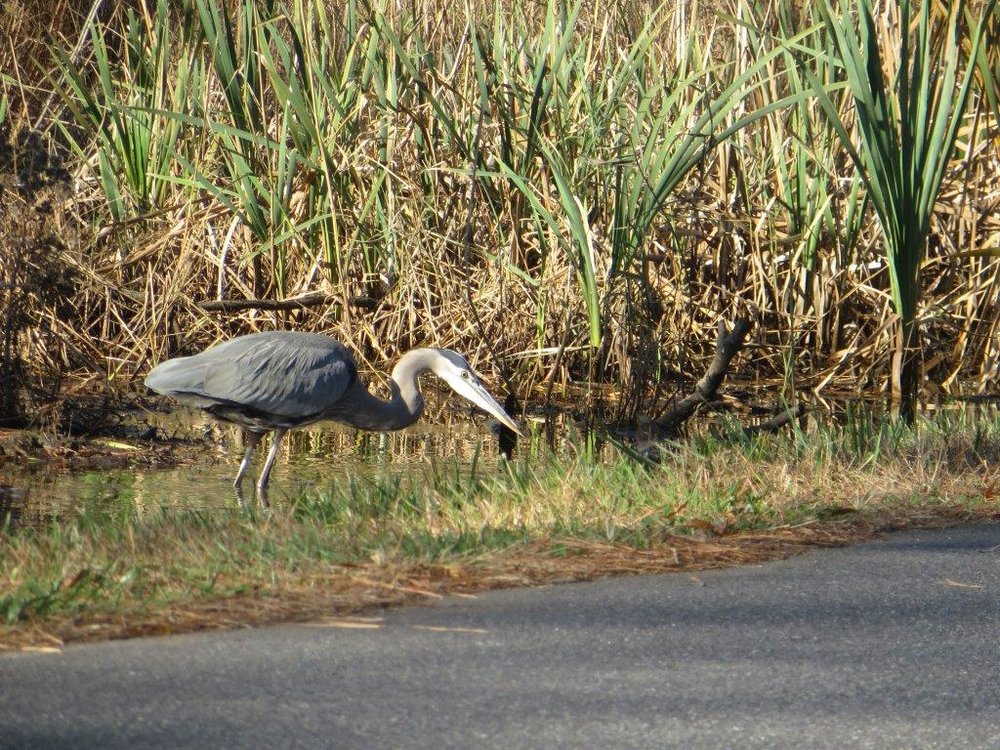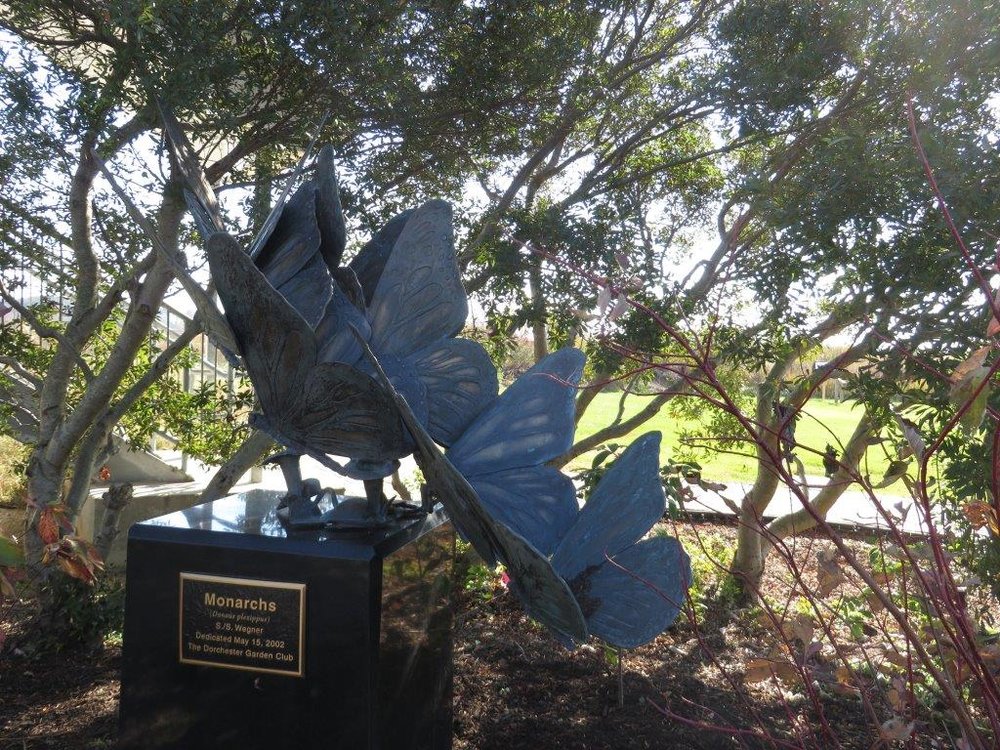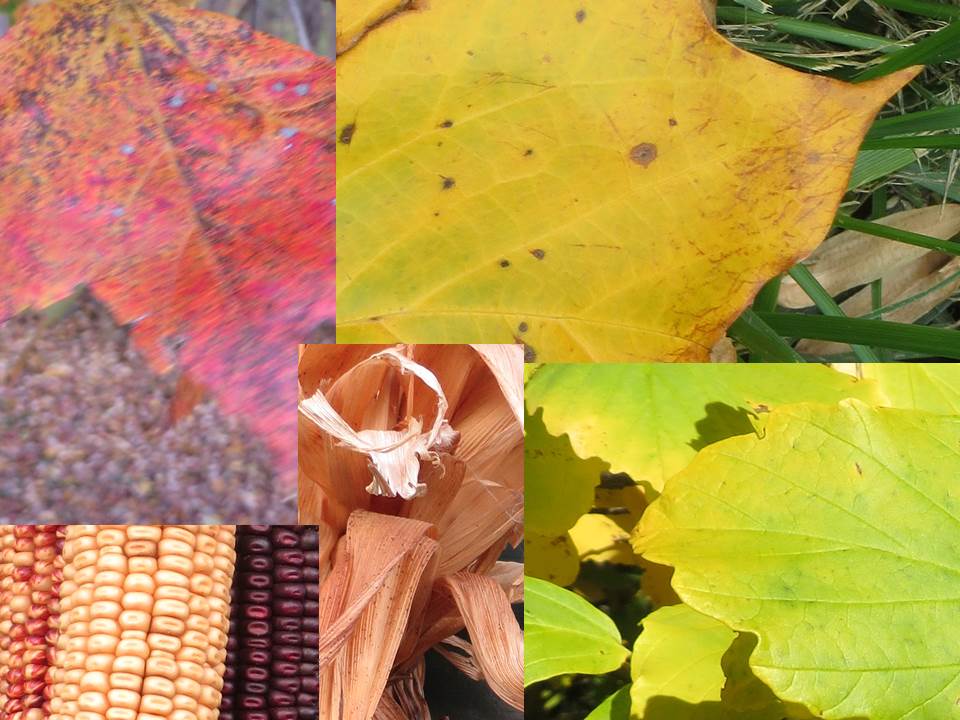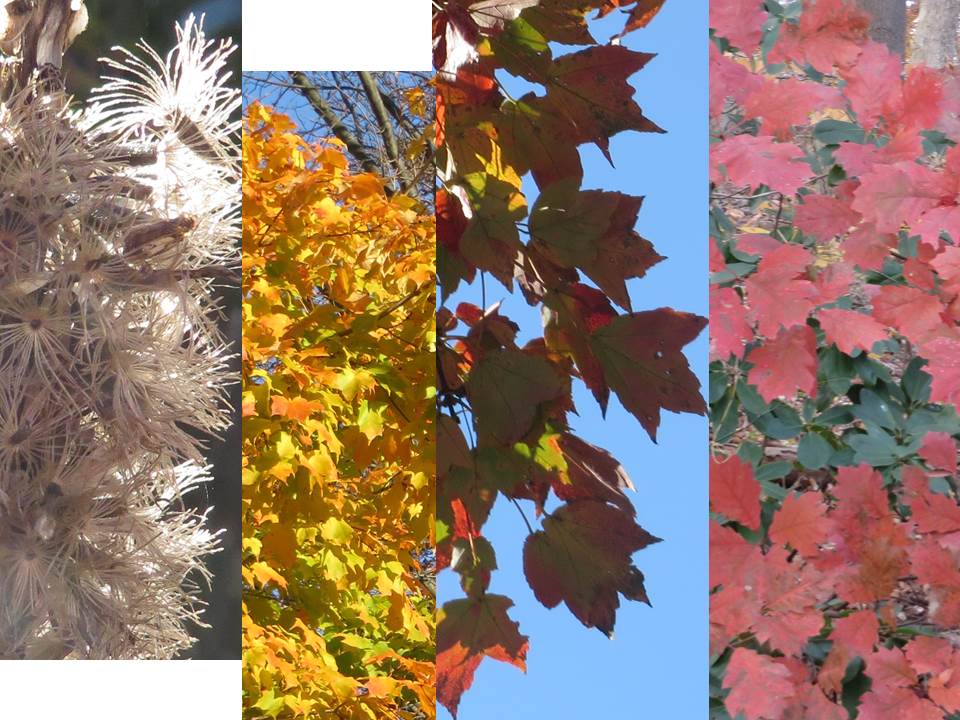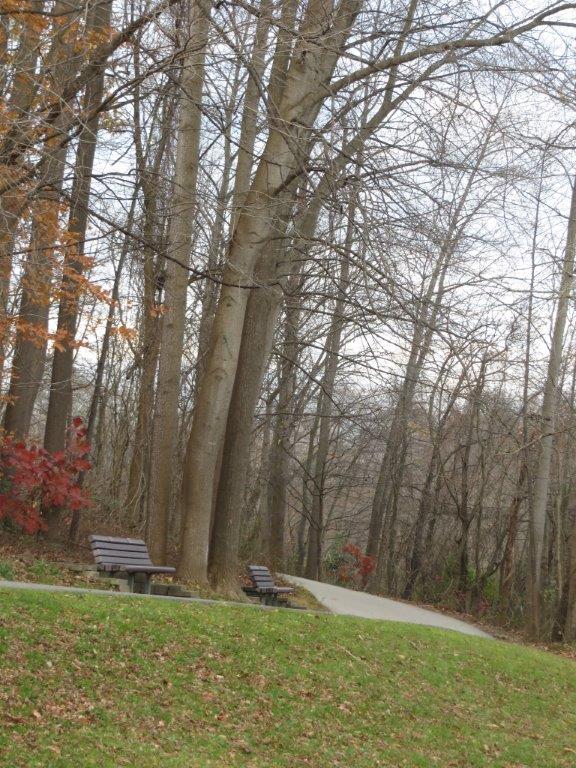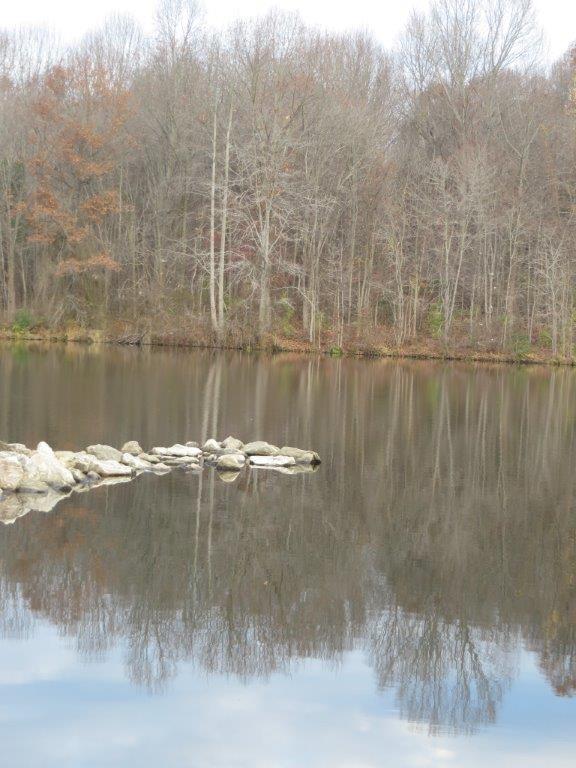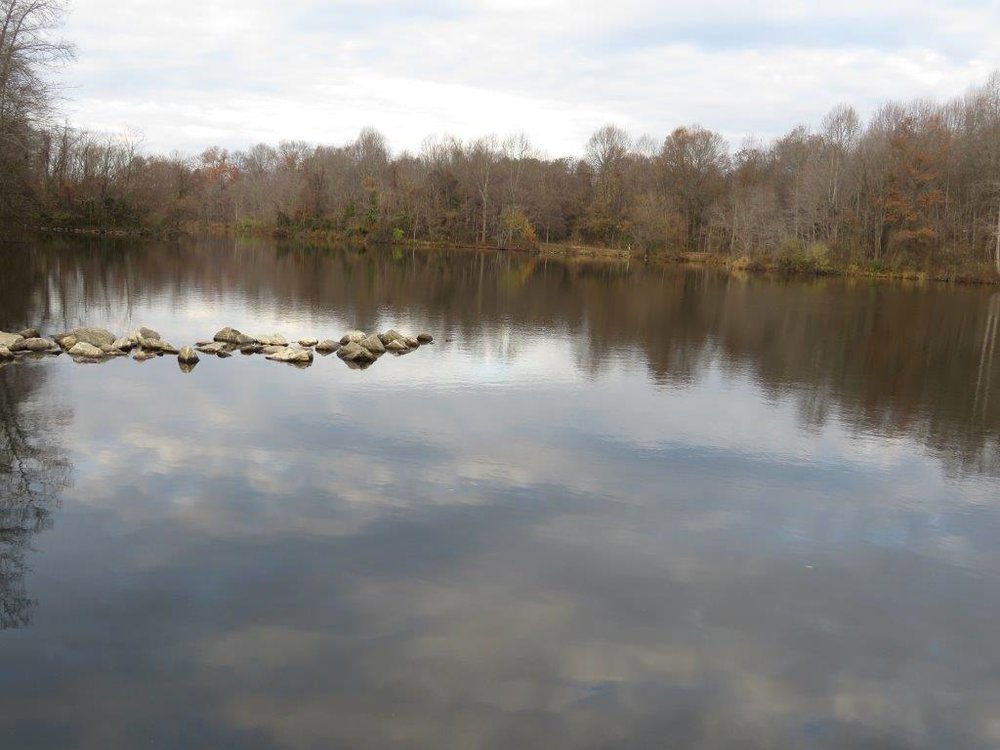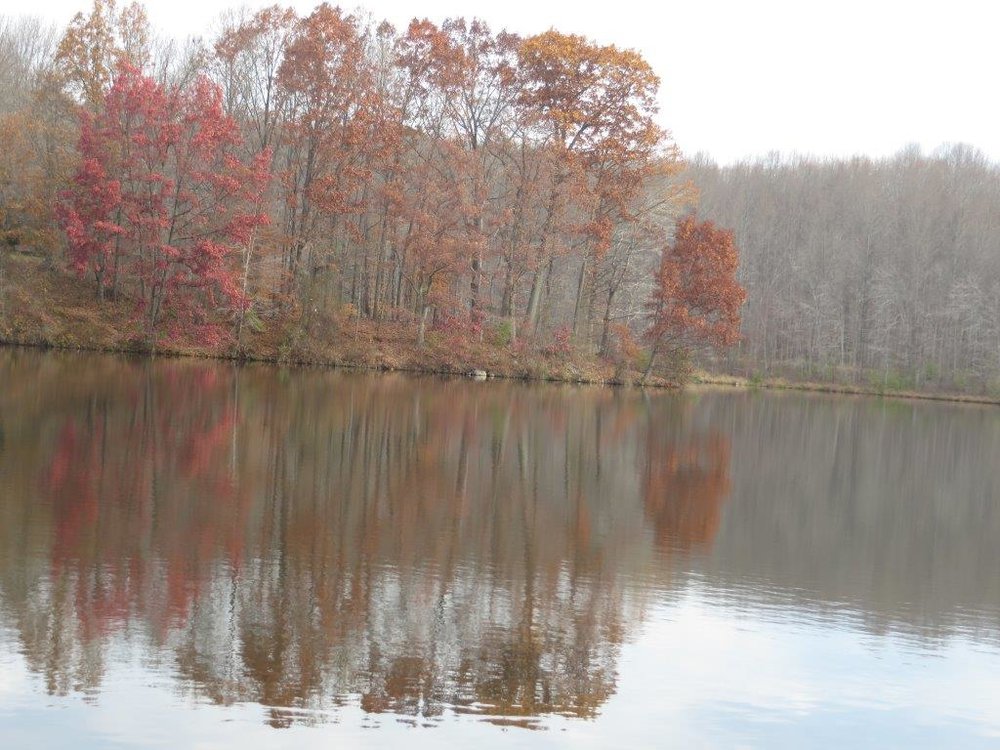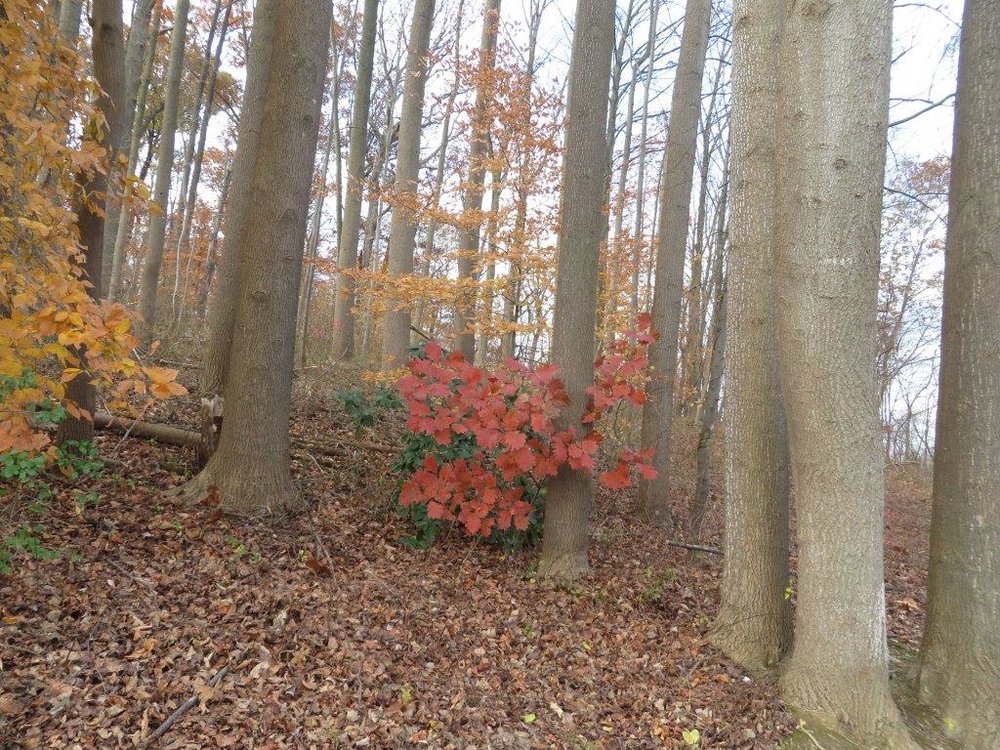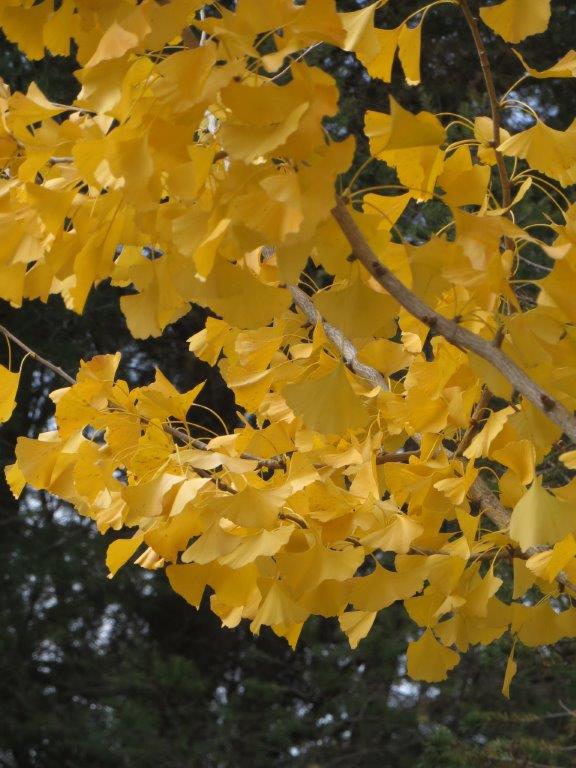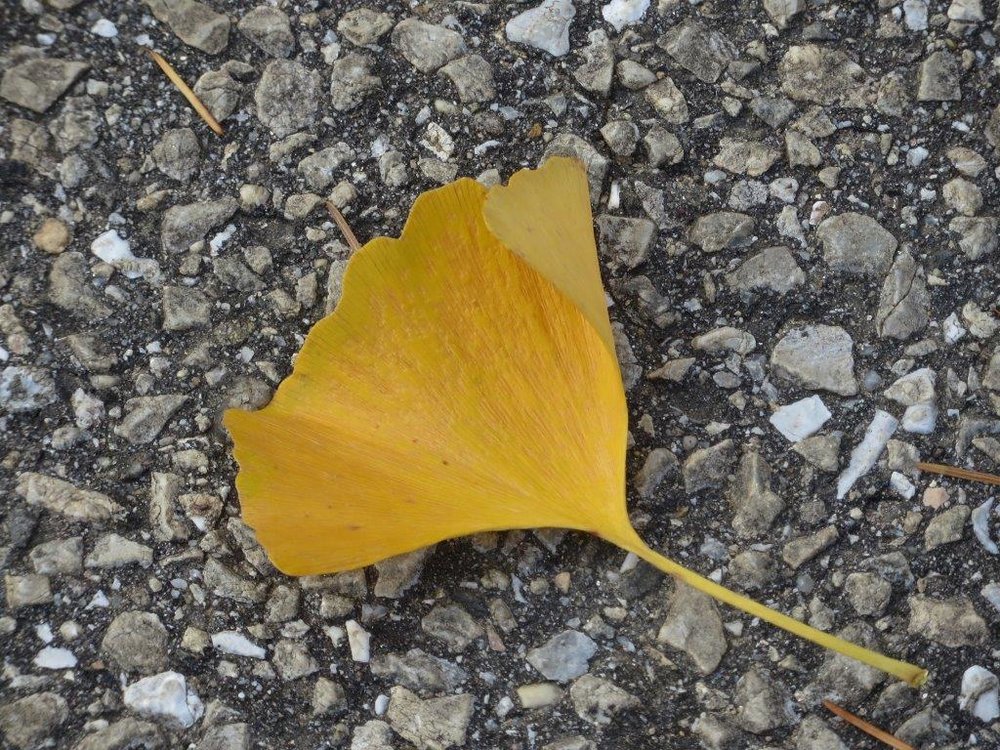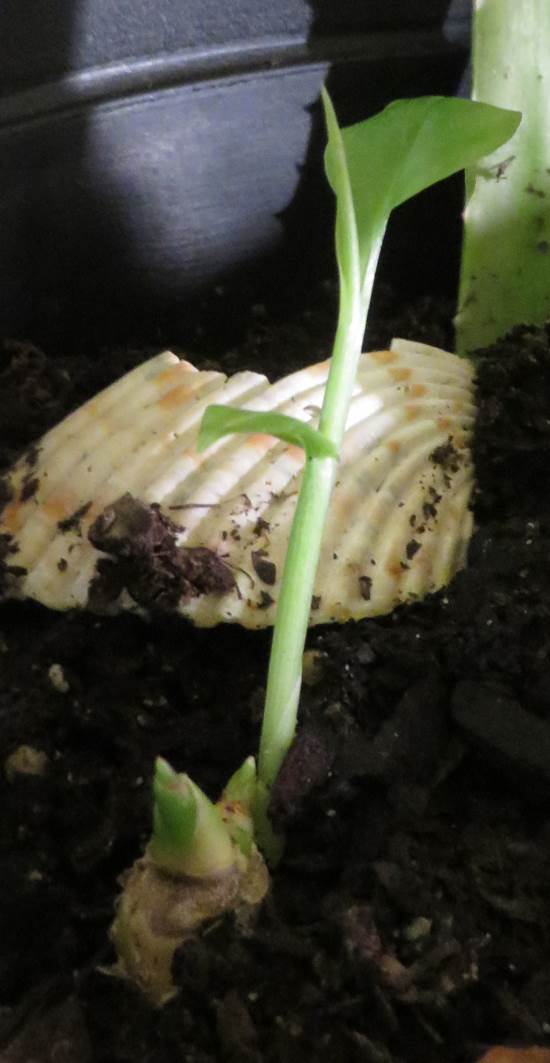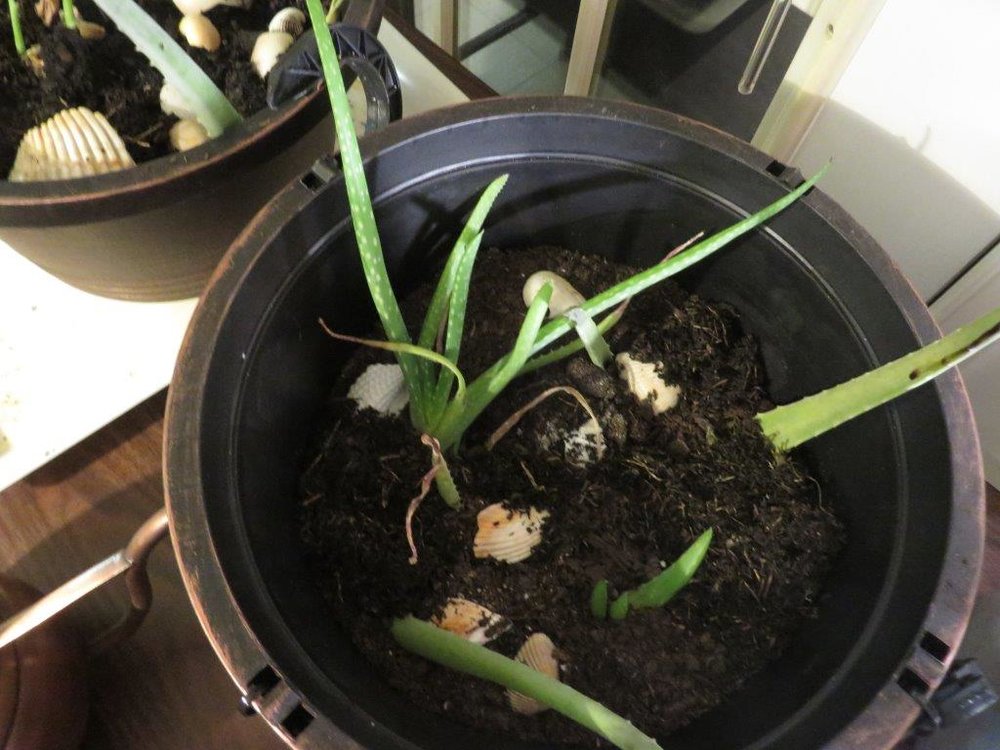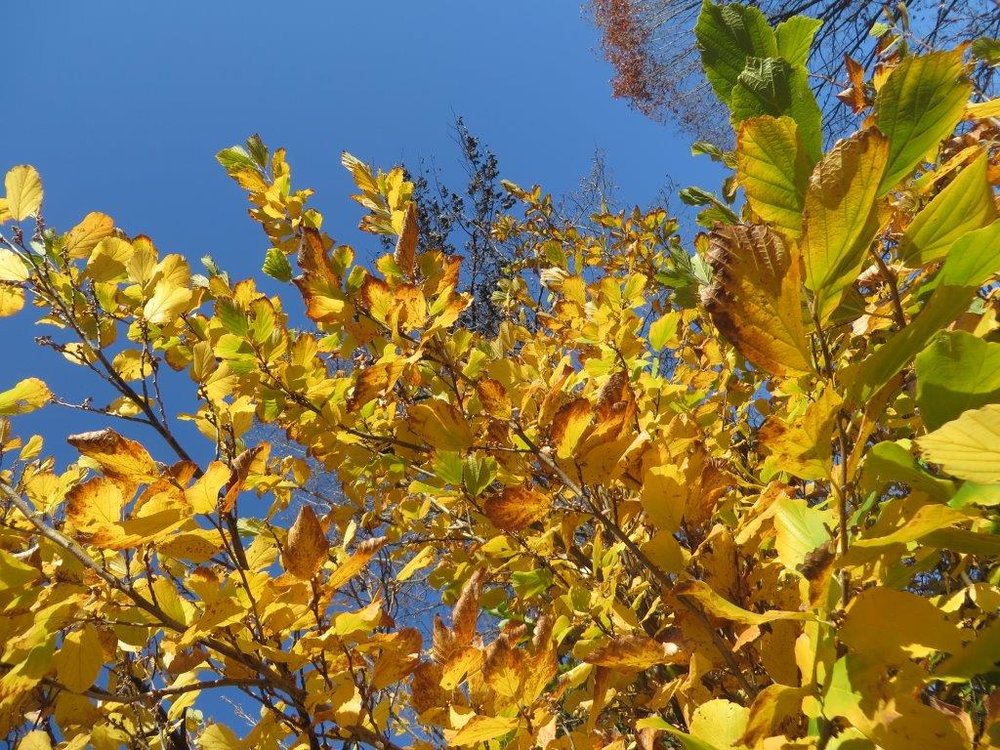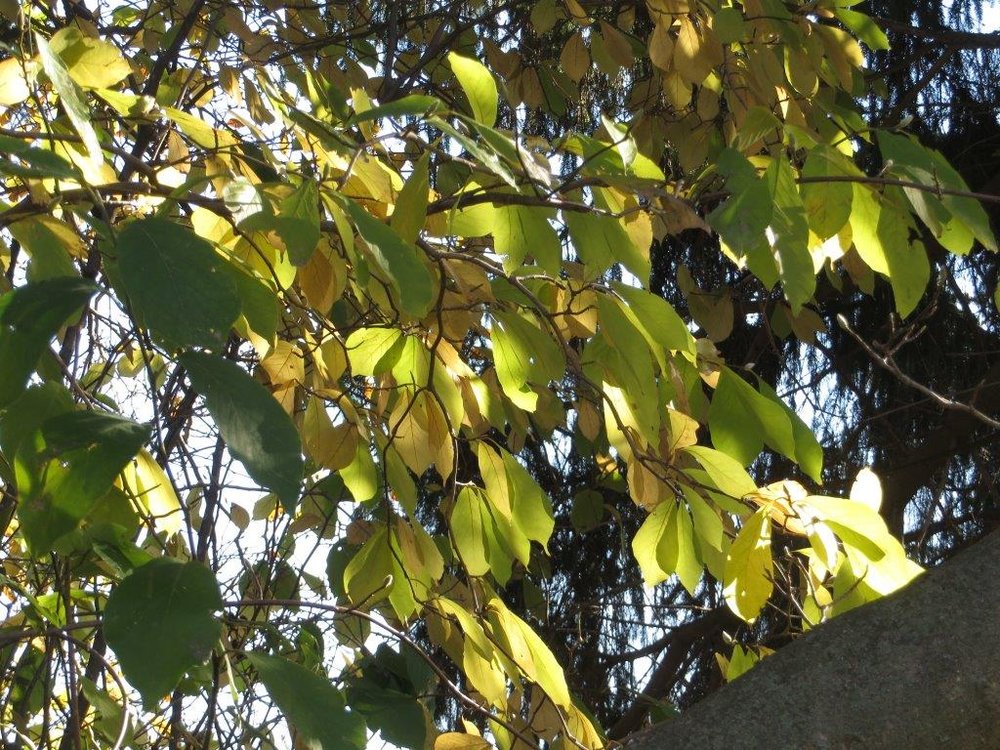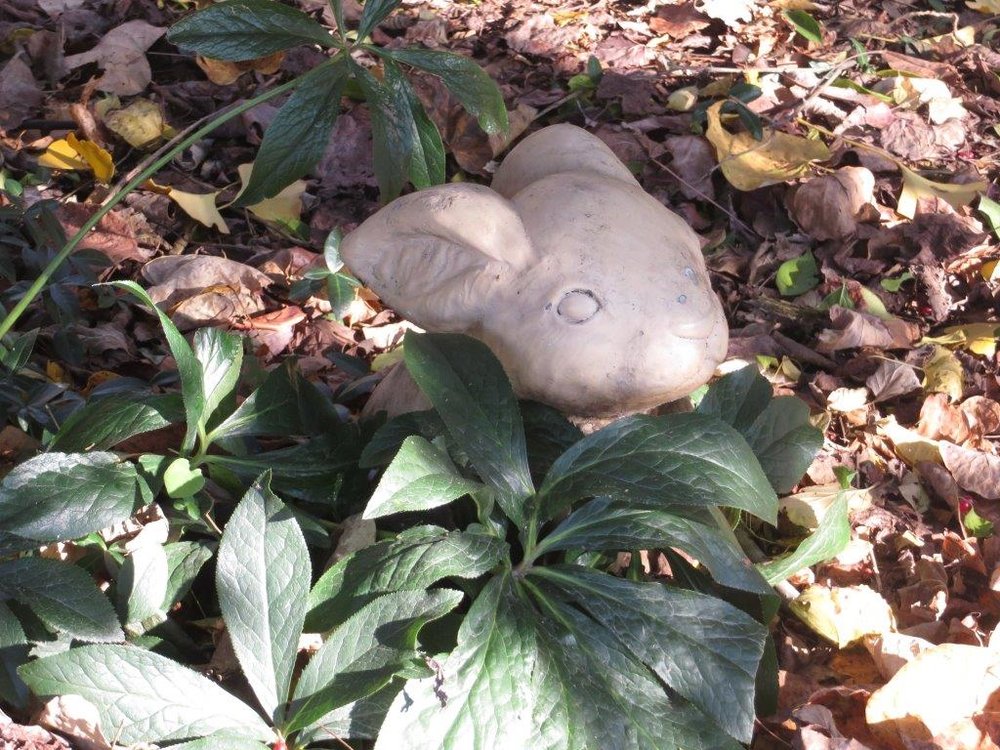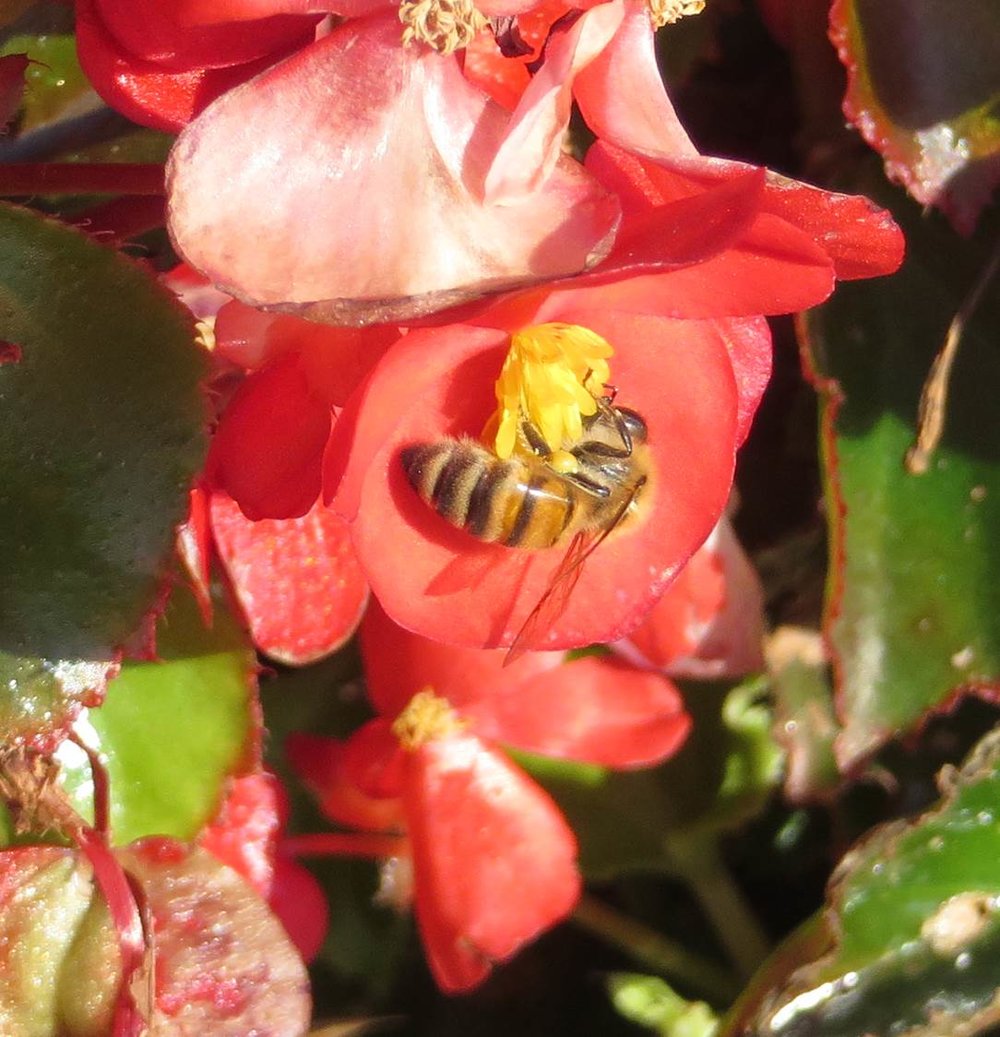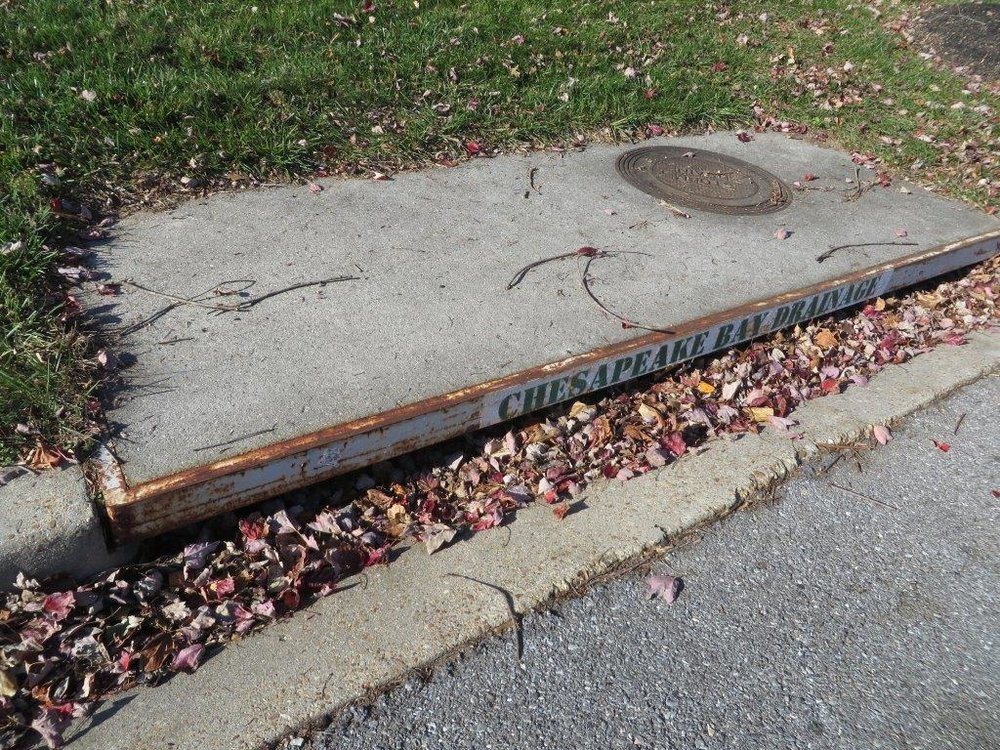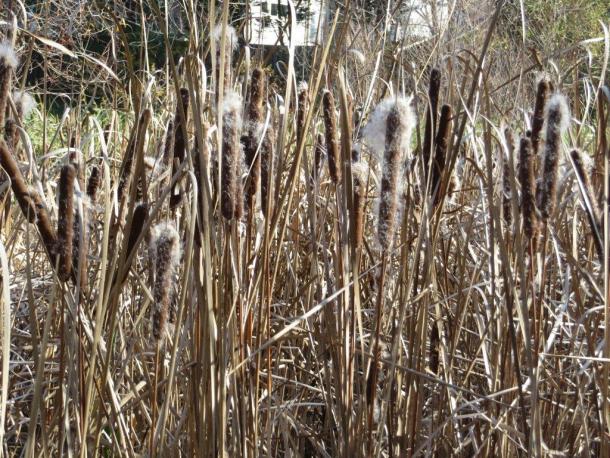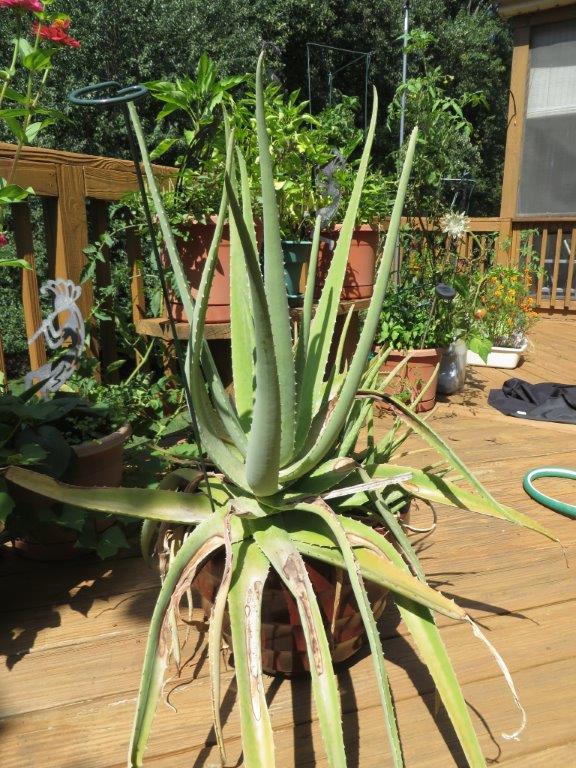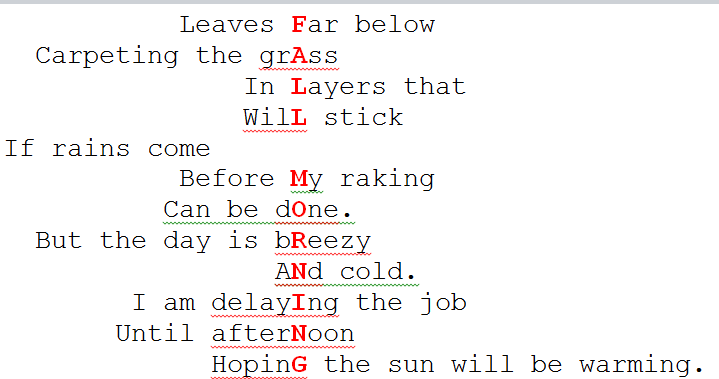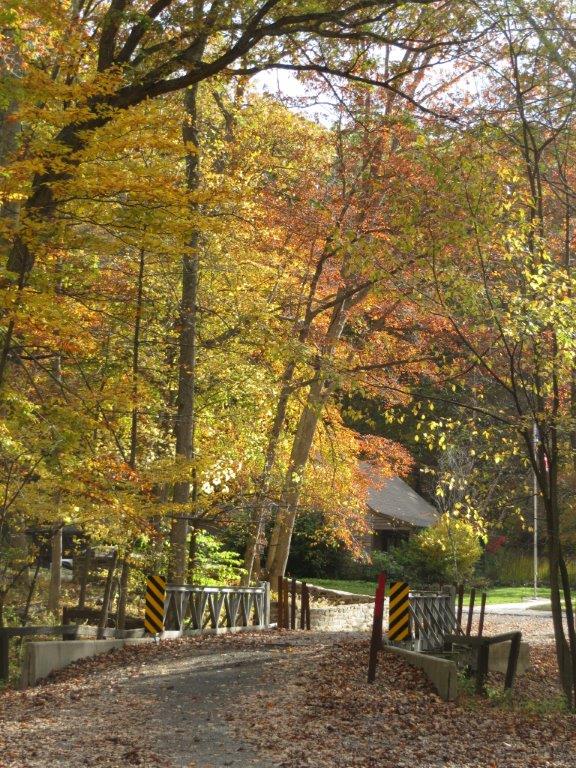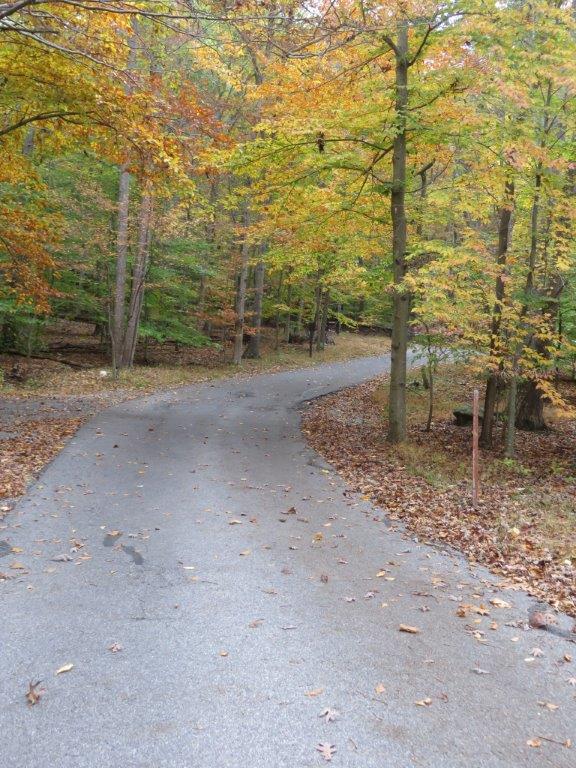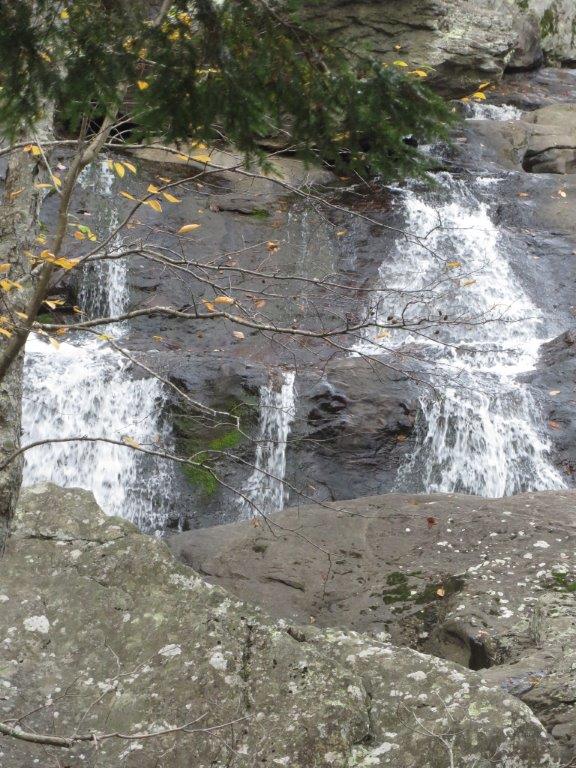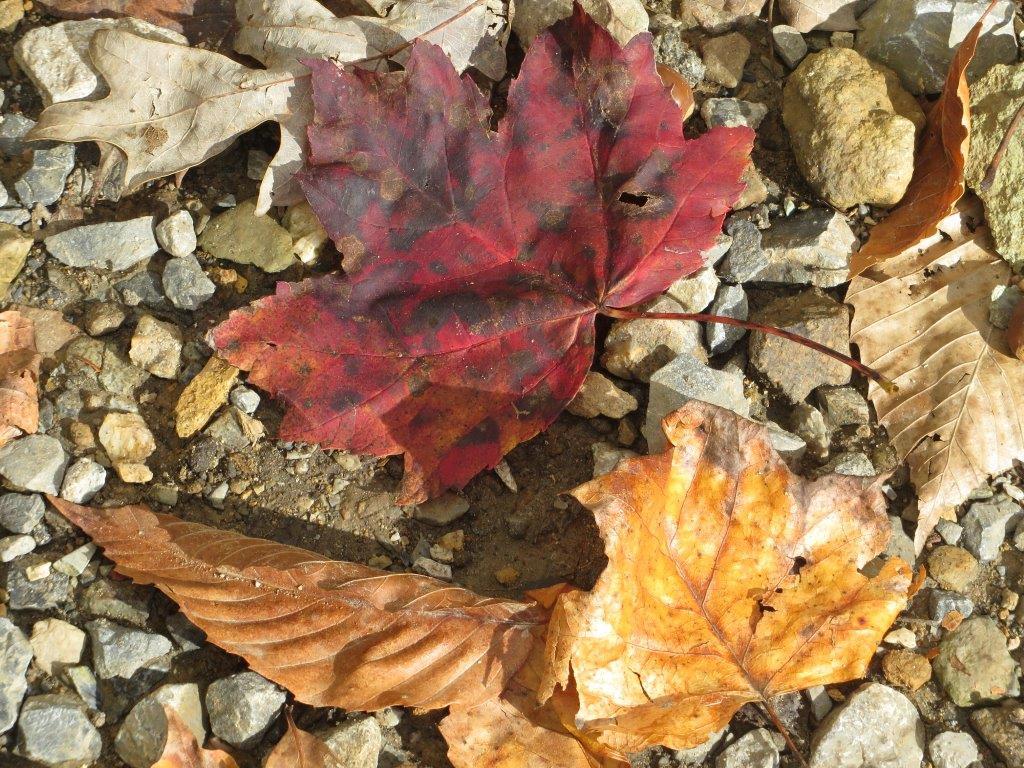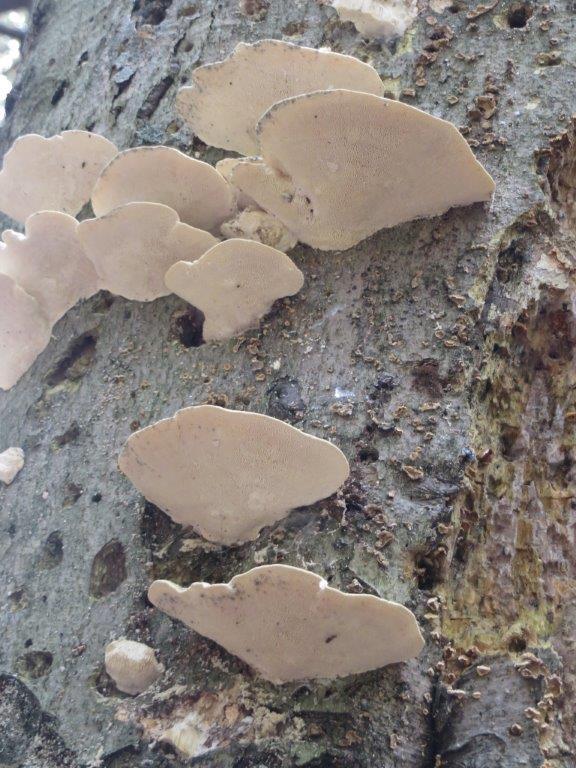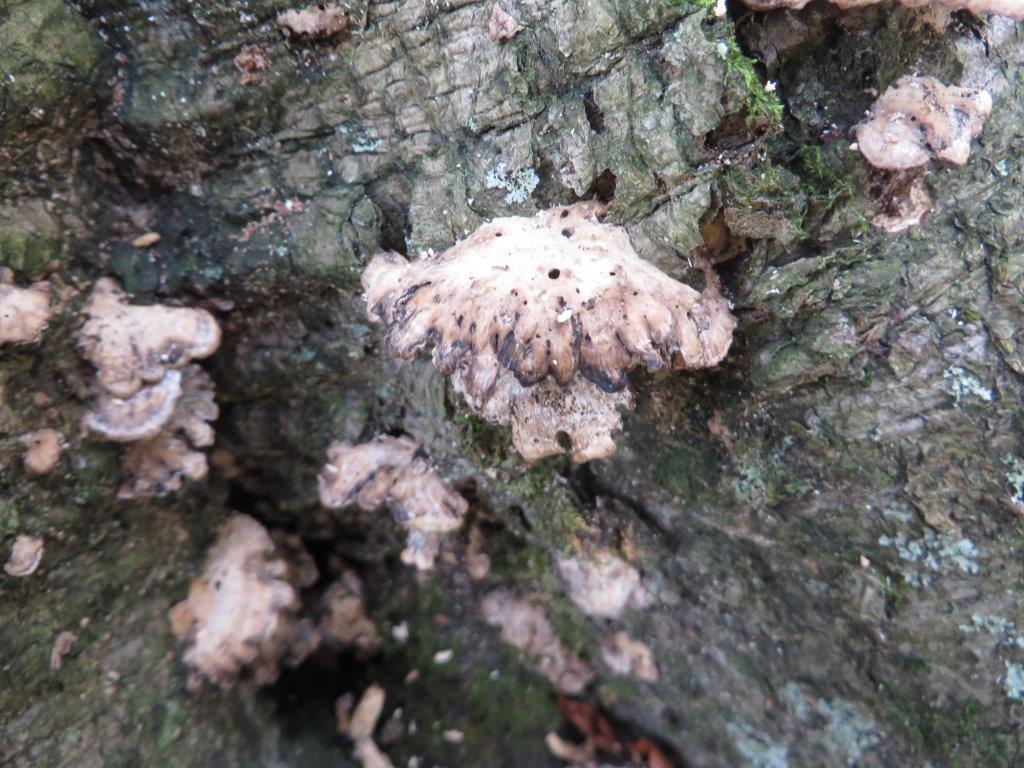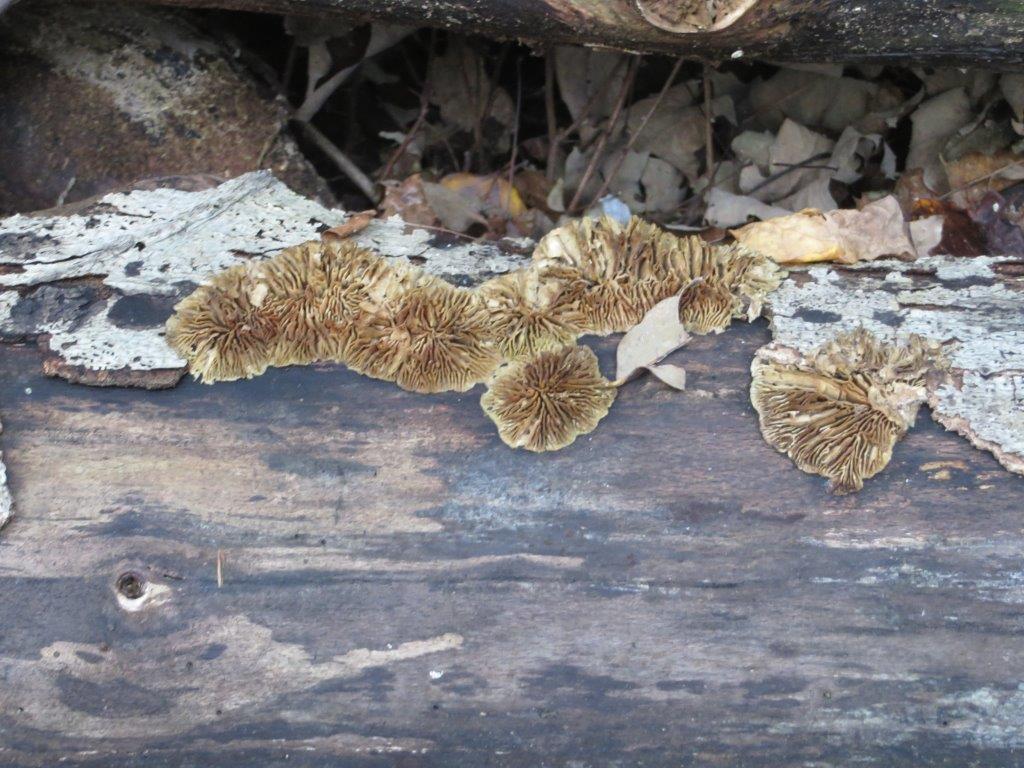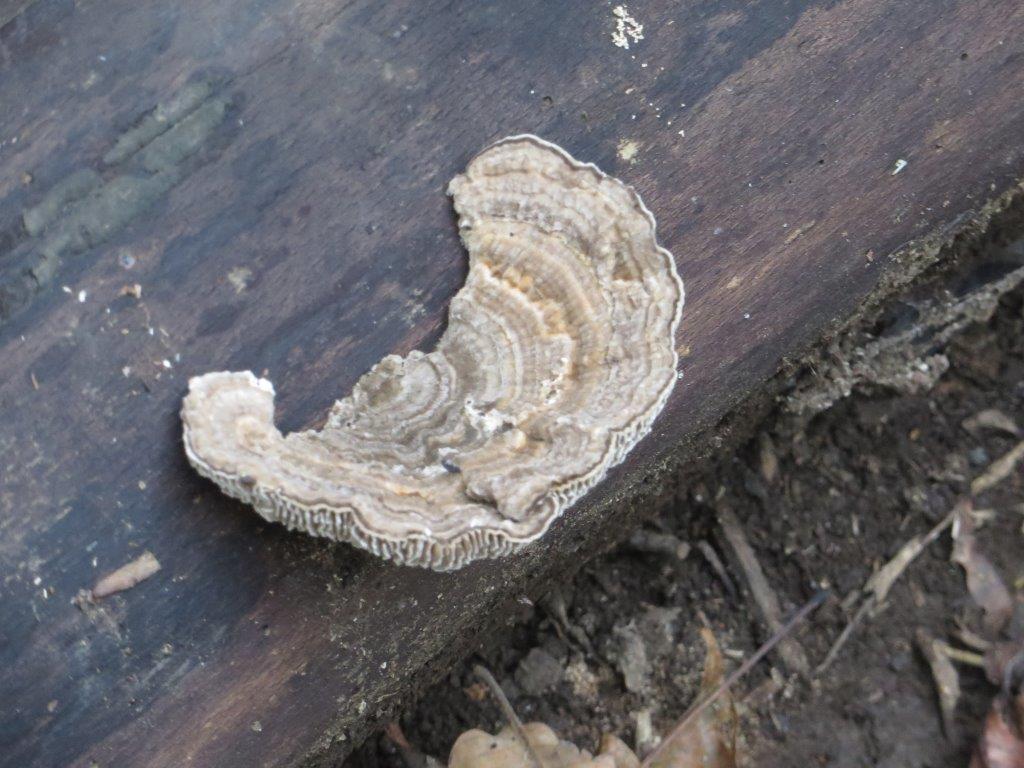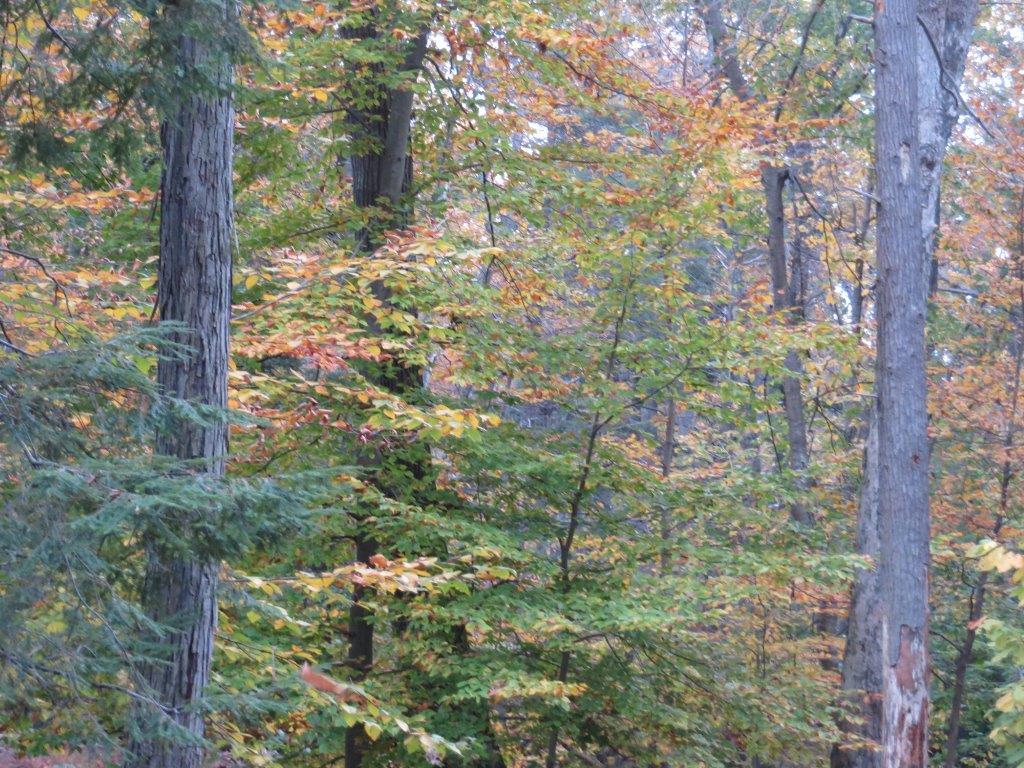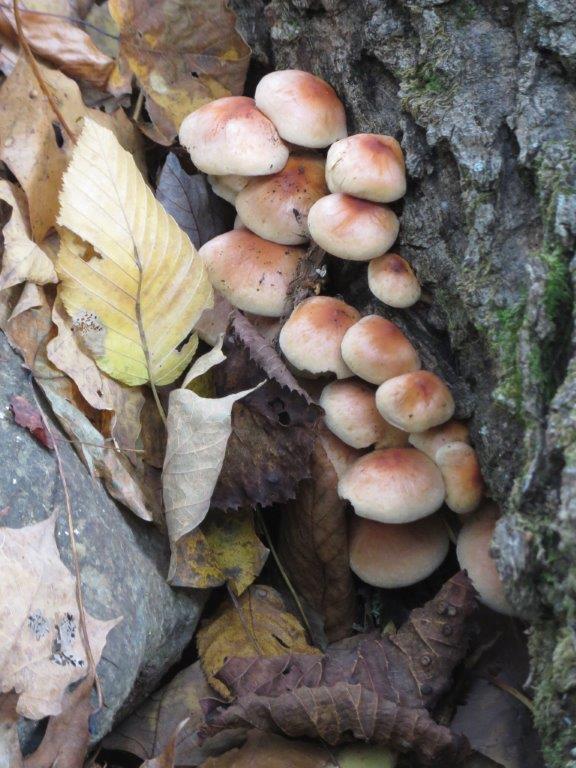The items below were ‘the cream’ of the articles and websites I found this past week. Click on the light green text to look at the article.
The Chemistry of Ginger – Flavour, Pungency & Medicinal Potential - This article from ‘Compound Interest’ was timely - with my new favorite winter drink being hot ginger water!
 This Menacing Carnivorous Plant Time-lapse Is a Horror Movie for Bugs - I remember sending off for a tiny Venus fly trap plant when I was in elementary school - fascinated by the idea of plants that ate bugs. Now I am even more fascinated by the chemistry behind the rapid action the plant takes to trap the bug! The video is under 4 minutes in length - worth a look.
This Menacing Carnivorous Plant Time-lapse Is a Horror Movie for Bugs - I remember sending off for a tiny Venus fly trap plant when I was in elementary school - fascinated by the idea of plants that ate bugs. Now I am even more fascinated by the chemistry behind the rapid action the plant takes to trap the bug! The video is under 4 minutes in length - worth a look.
Scientists study effects of sunlight to reduce number of nearsighted kids - There is still research to be done to fully understand the relationship between outdoor time and nearsightedness…but there is enough evidence already to encourage more outdoor time for children to reduce the lifetime risk of nearsightedness. The ages between 5 and 9 seem to be critical.
Urban Cartography - This is a collection of maps. My favorite is the mapping of sea level rise on the south part of South Bay (San Francisco). Lots of tech company headquarters are in the vulnerable zone with relatively little rise in sea level.
Gifted men and women define success differently, 40-year study finds - From the Study of Mathematically Precocious Youth conducted at Vanderbilt Peabody College of Education and Human Development. The study involved over 1600 people that were well established in their careers and lives. Collectively they had published 85 books and 7,572 refereed academic articles and secured 681 patents and $358 million in grants. Their scores on measures of emotional well-being, life satisfaction, personal and career direction, and satisfaction with their relationships were universally high. Then the gender differences become more apparent in other areas such as career path, salary, time allocation, priorities, and family. The finding that both the mathematically talented men and women in the study were ‘happy’ says something good about their resilience and the cultural environment.
Update: American Farm Bureau Federation et al. v. EPA Oral Arguments - This update caught my eye because it was about the Chesapeake Bay - something close to home. There is a Total Maximum Daily Load program for the Chesapeake Bay which is coordinated by the EPA in collaboration with the states whose watershed feeds into the bay.
 Gingerbread Molasses Scones - Yum! I made these this week. The only changes I made to the ingredients were 1) whole wheat flour instead of plain flour and 2) no topping. I also used the food processor to mix everything. I did the kneading right in the big pan, cut the pieces of dough, separated them a little, and into the oven they went.
Gingerbread Molasses Scones - Yum! I made these this week. The only changes I made to the ingredients were 1) whole wheat flour instead of plain flour and 2) no topping. I also used the food processor to mix everything. I did the kneading right in the big pan, cut the pieces of dough, separated them a little, and into the oven they went.
These Parasitic Wasps Trick Trees into Building Them Weird Houses - The oak tree hosts quite a few gall wasps. The video show some of the variety.
An Astounding History of Scientific Space Art from the Past 200 Years - Imaginings of other places….
The Complete Crocodilian Primer - Links to articles about the all the different kinds of crocodiles.

